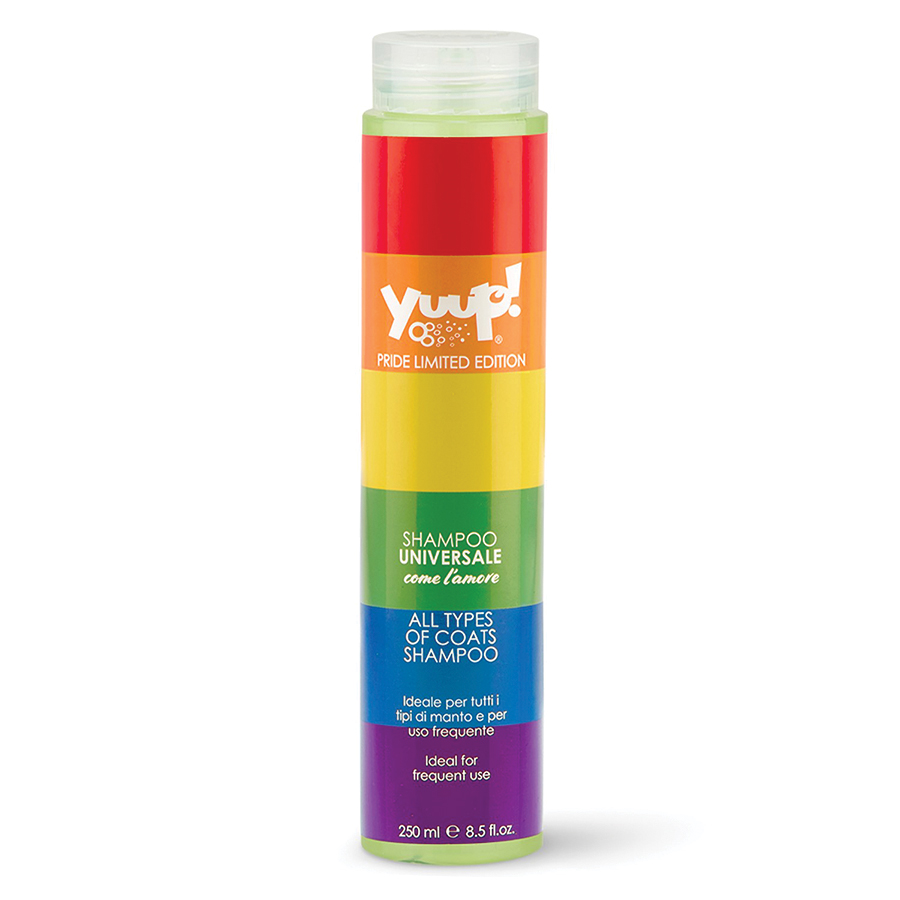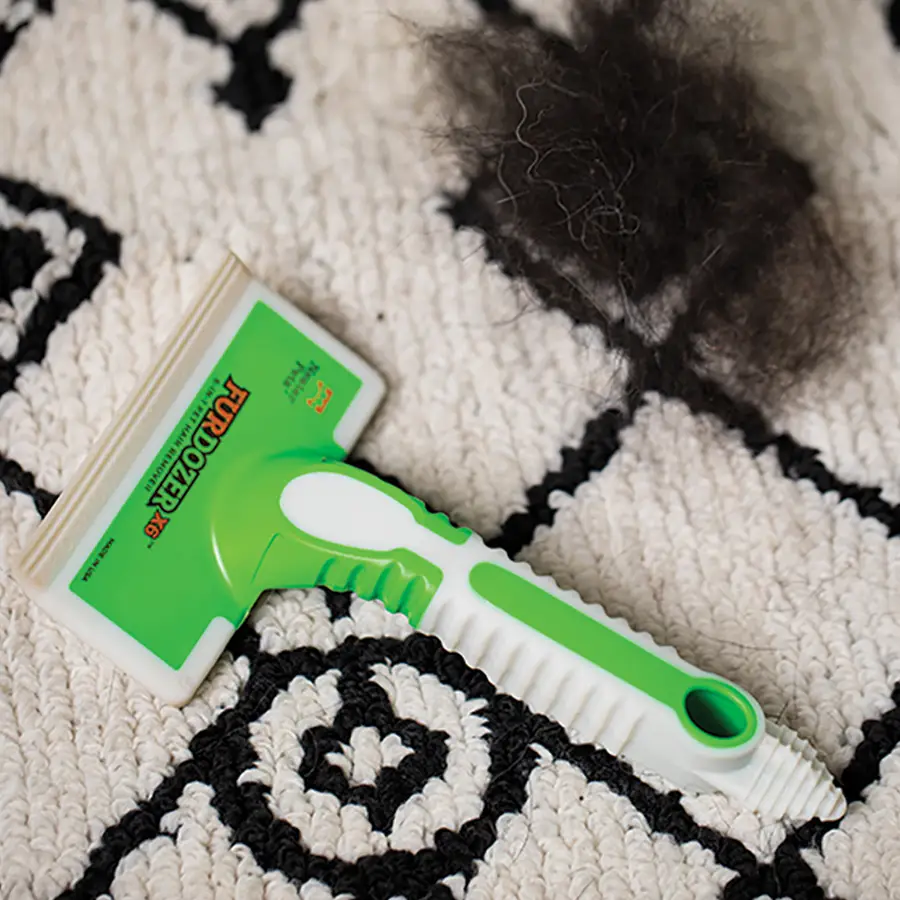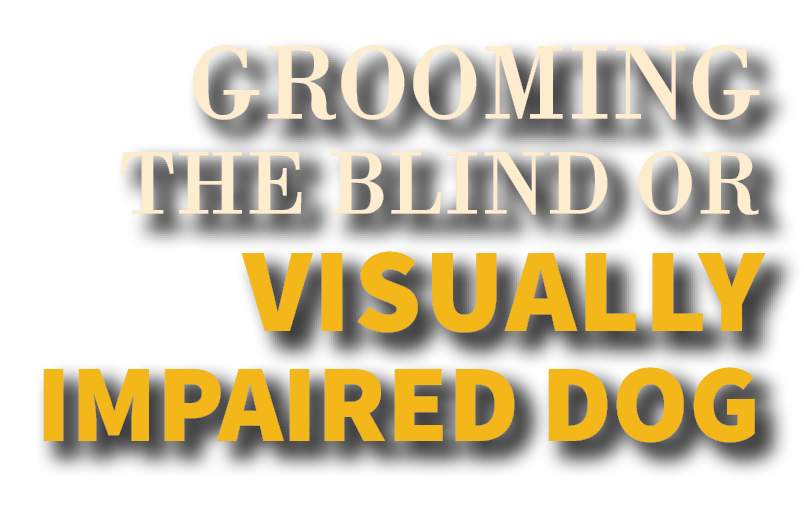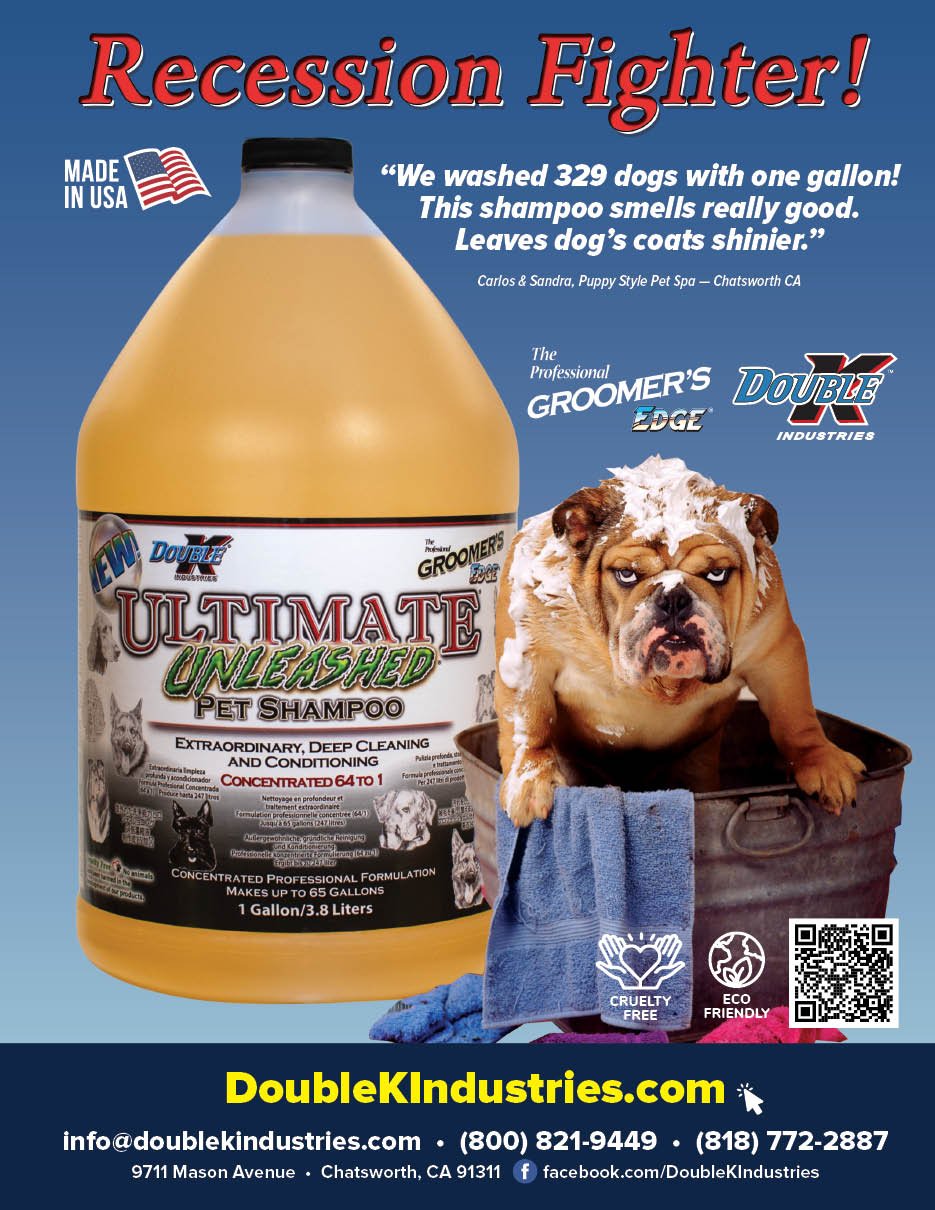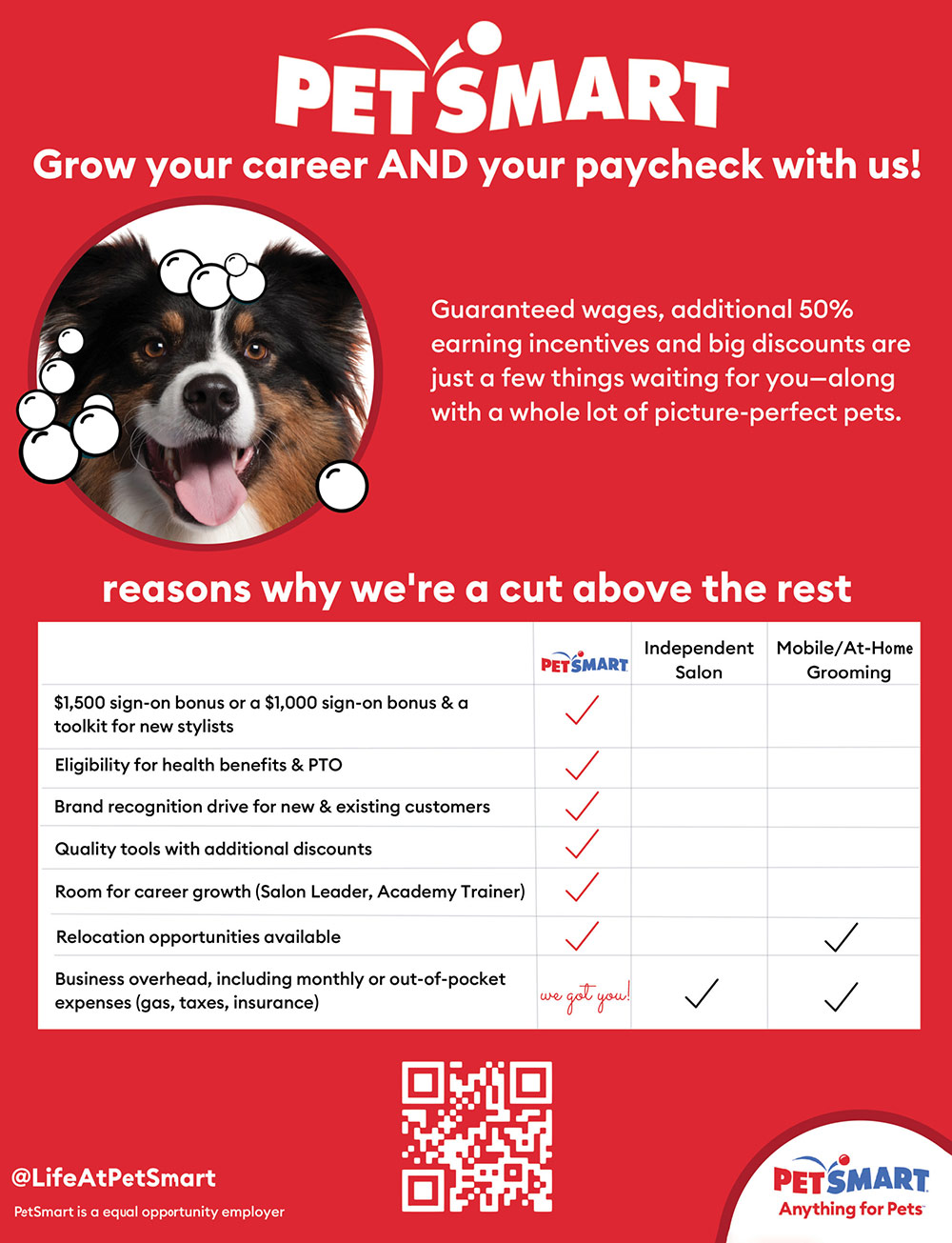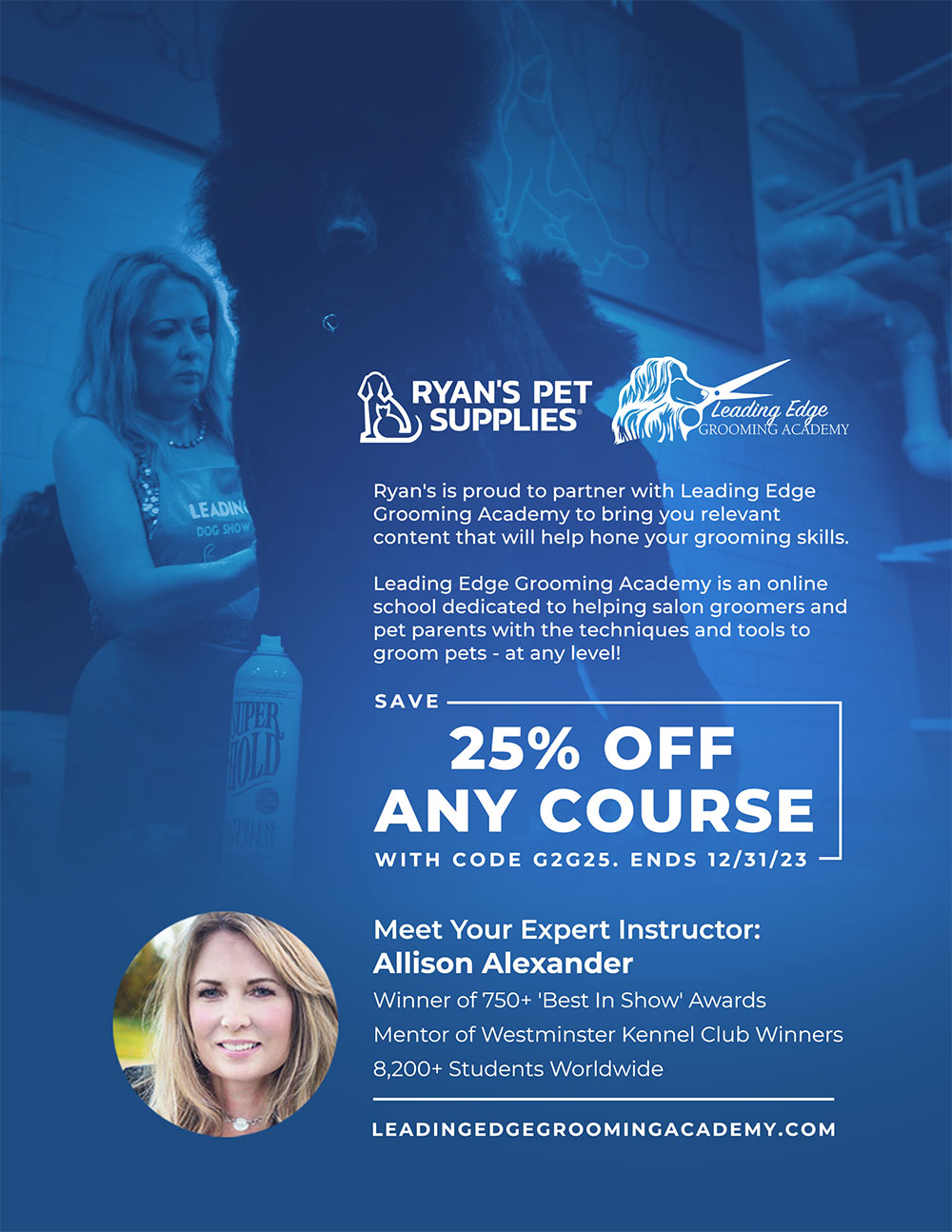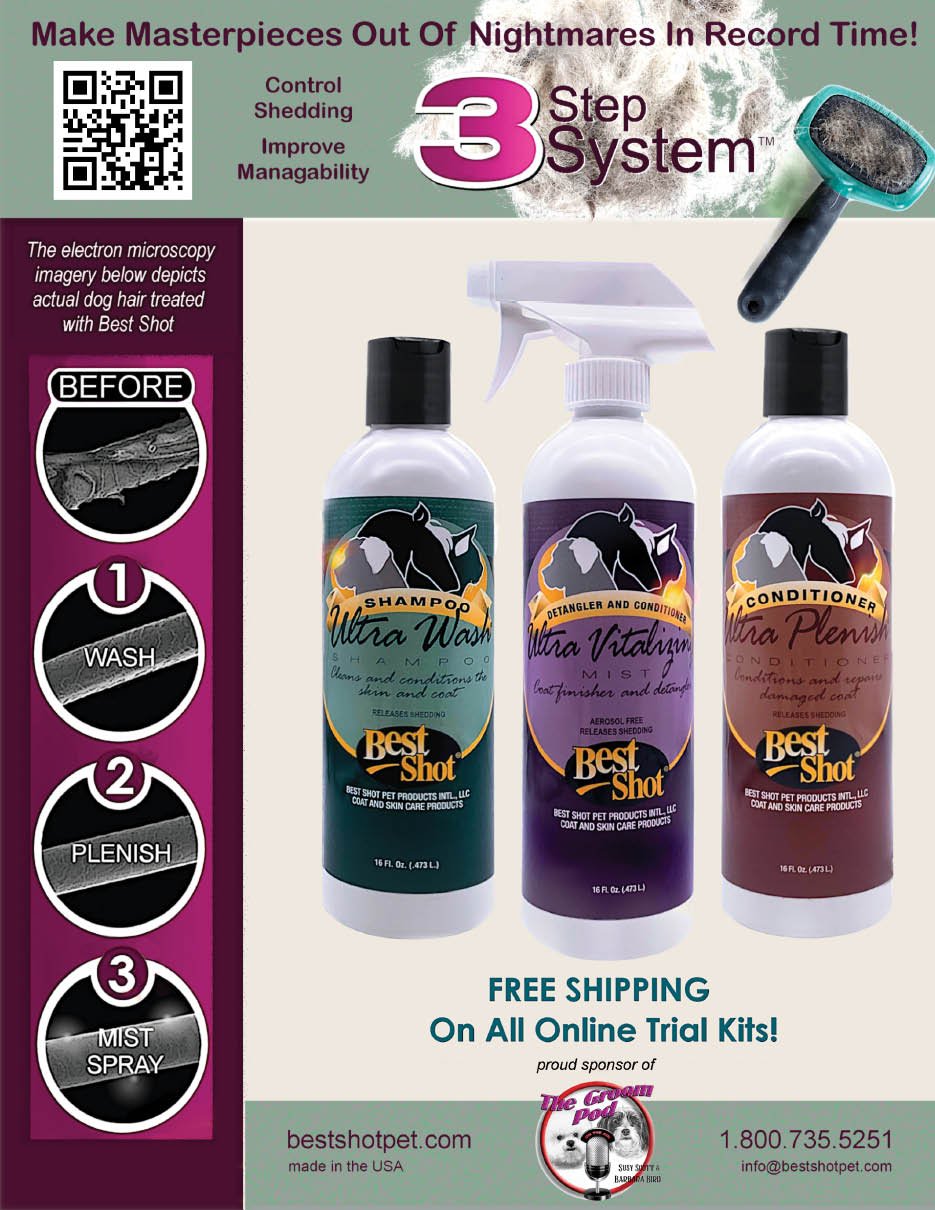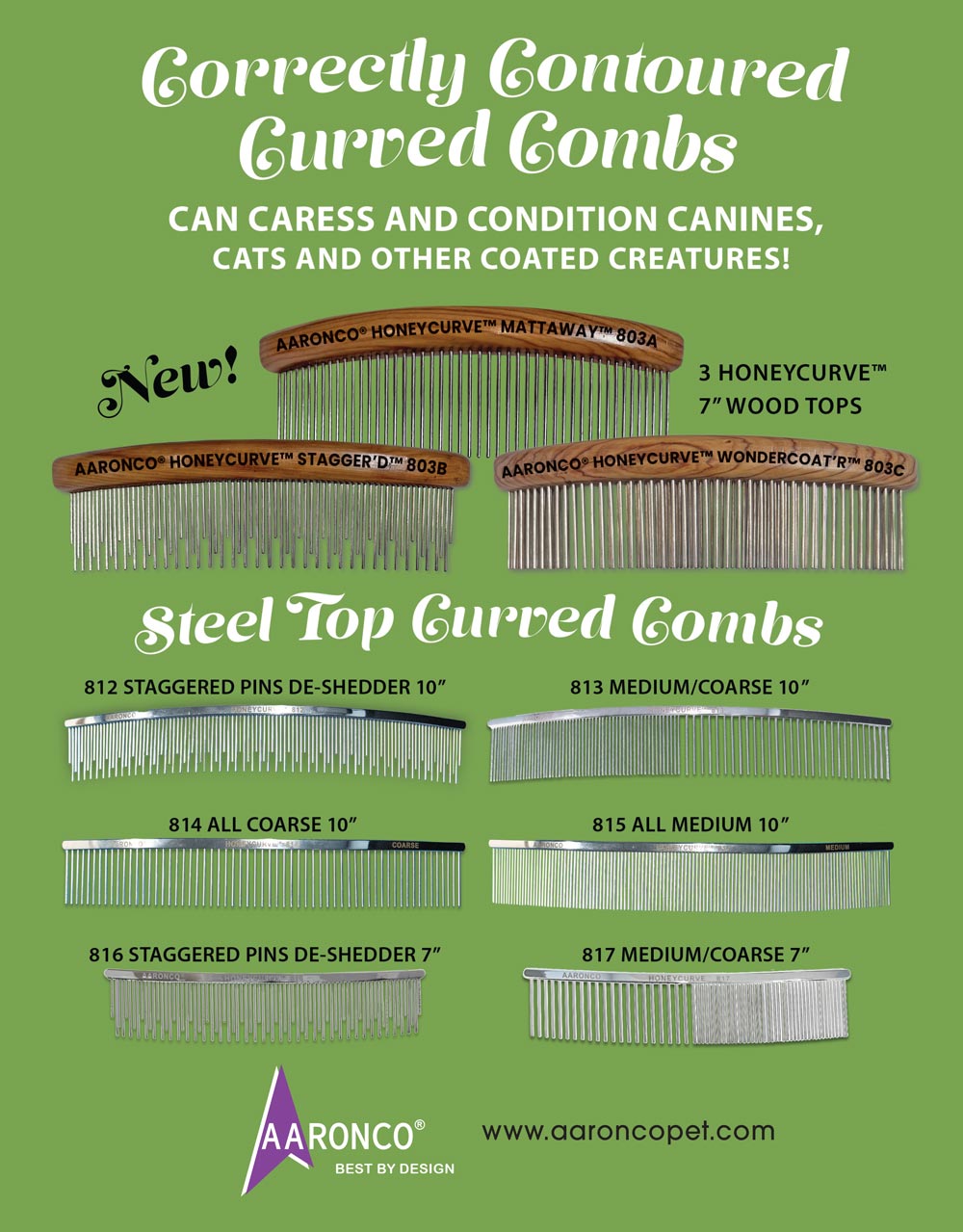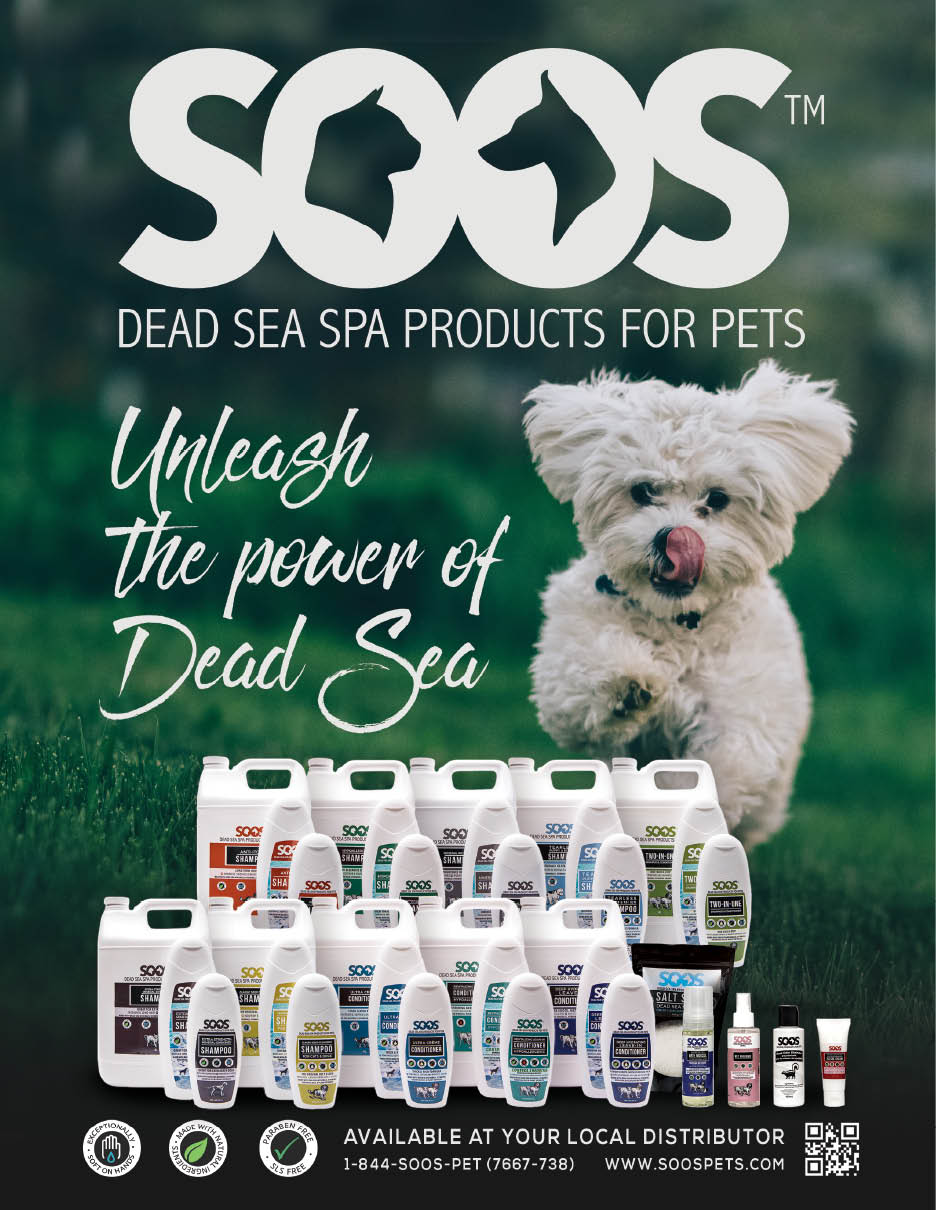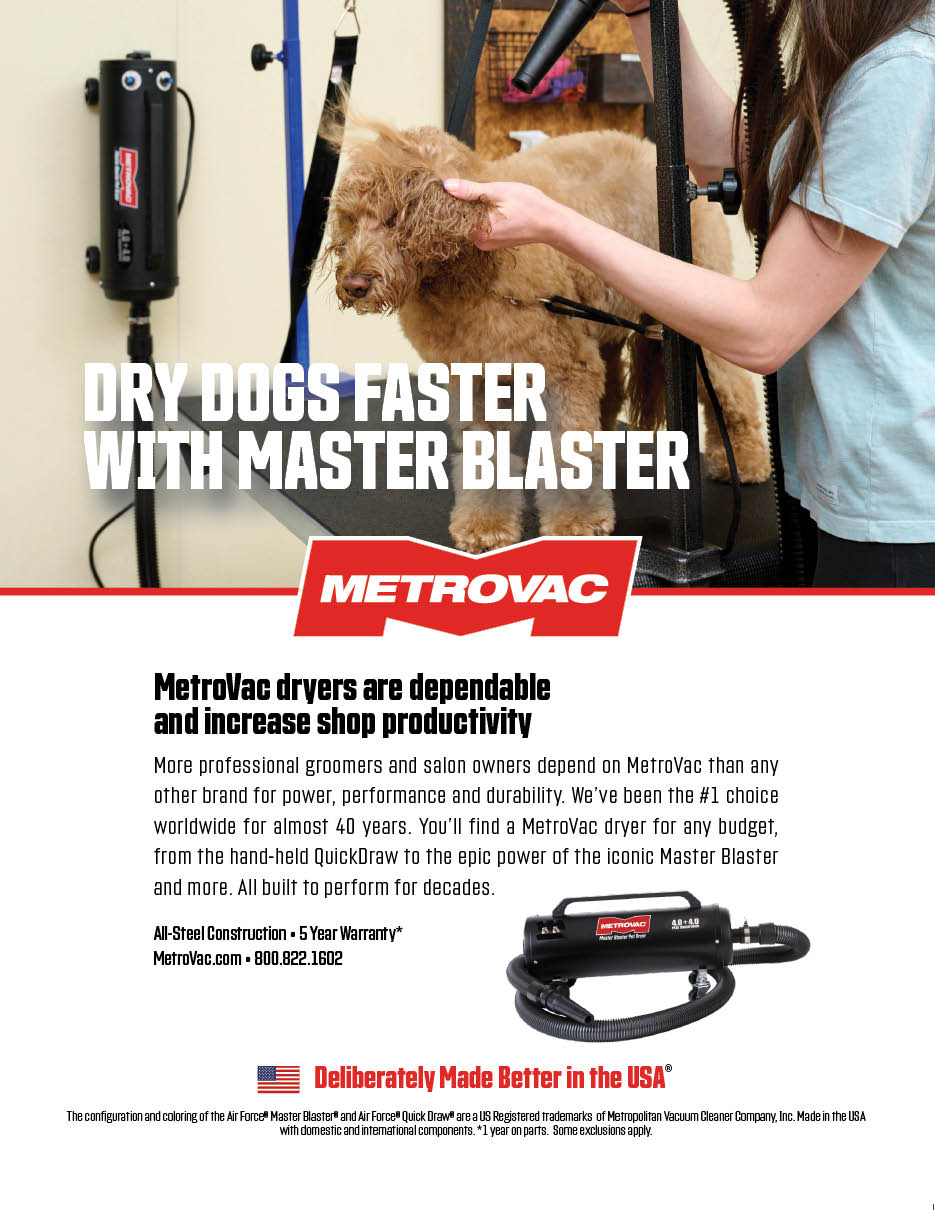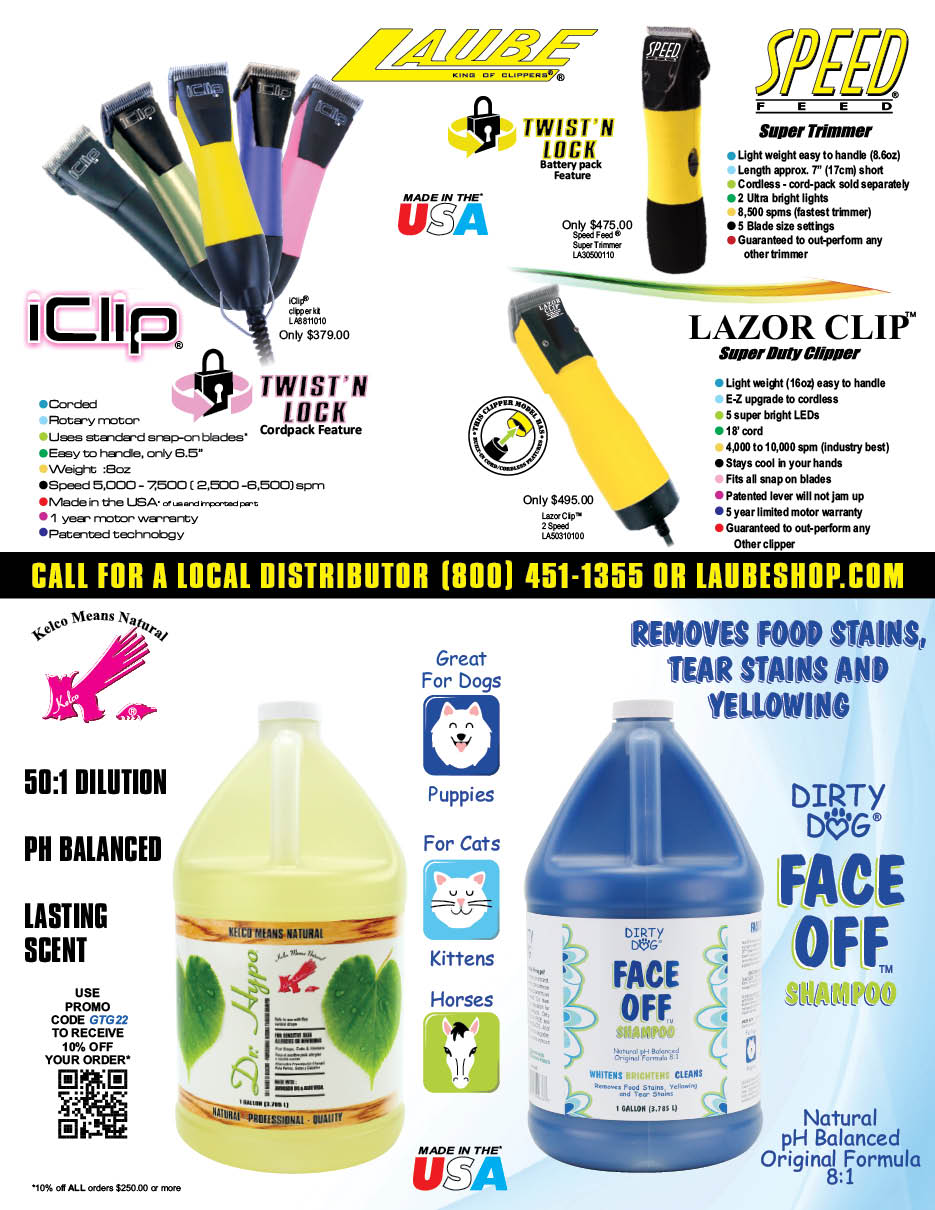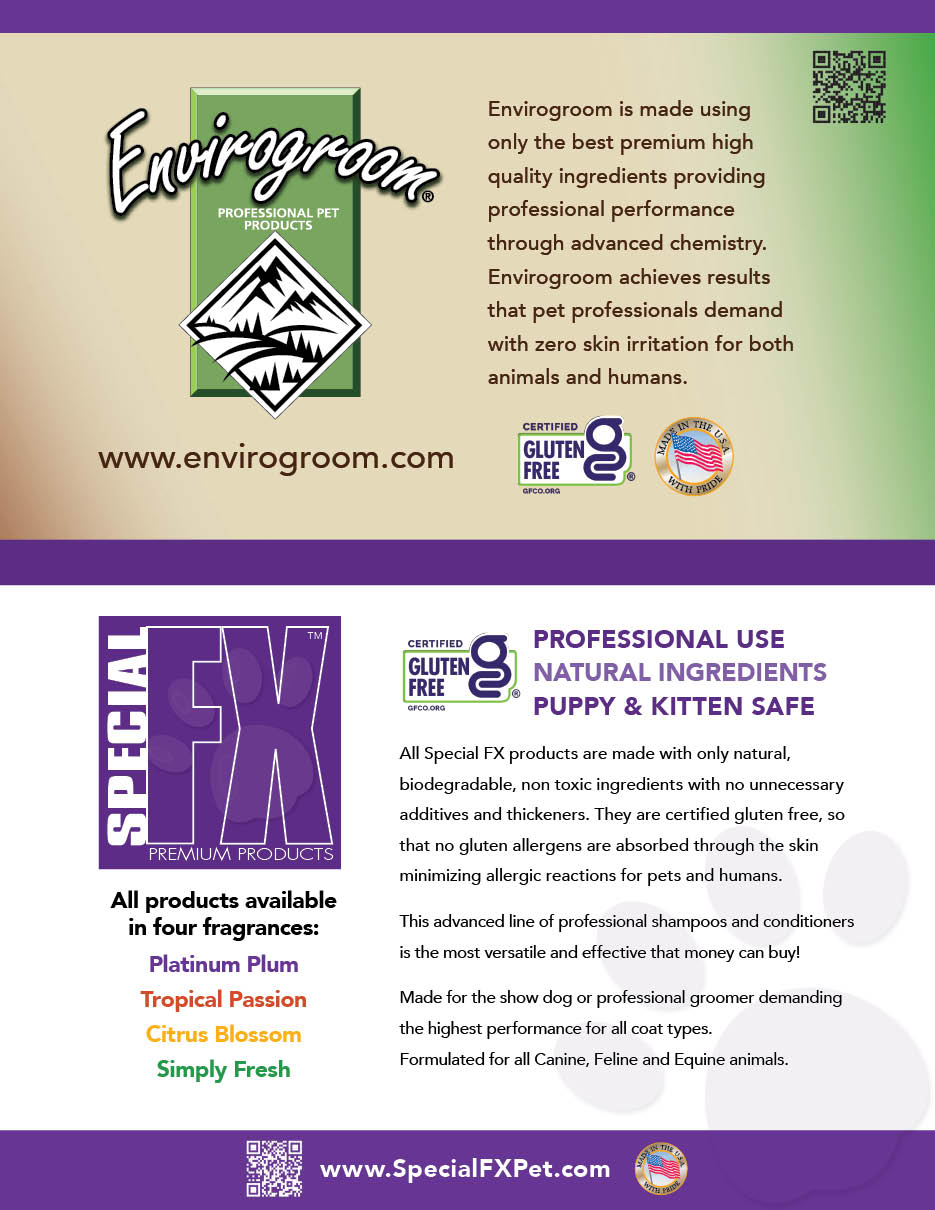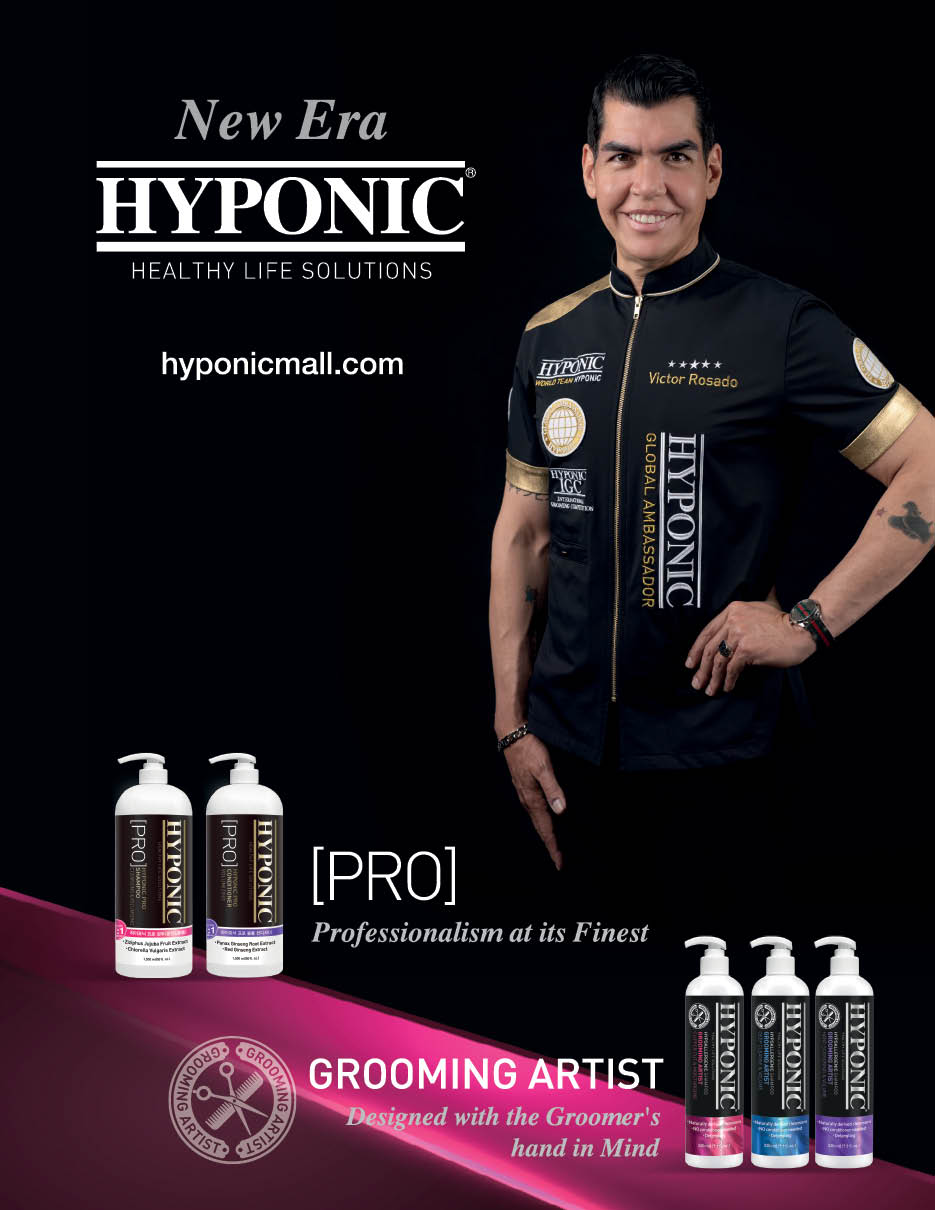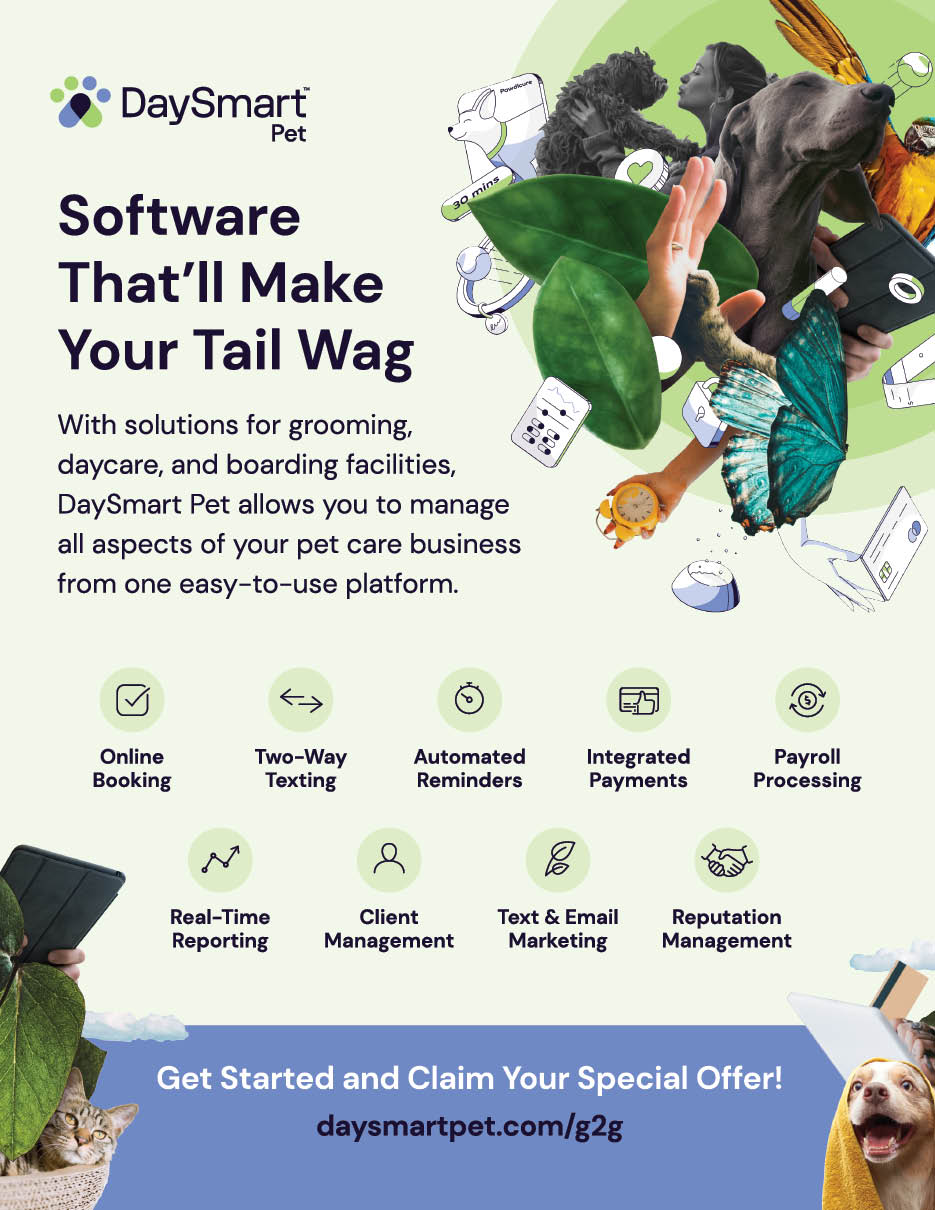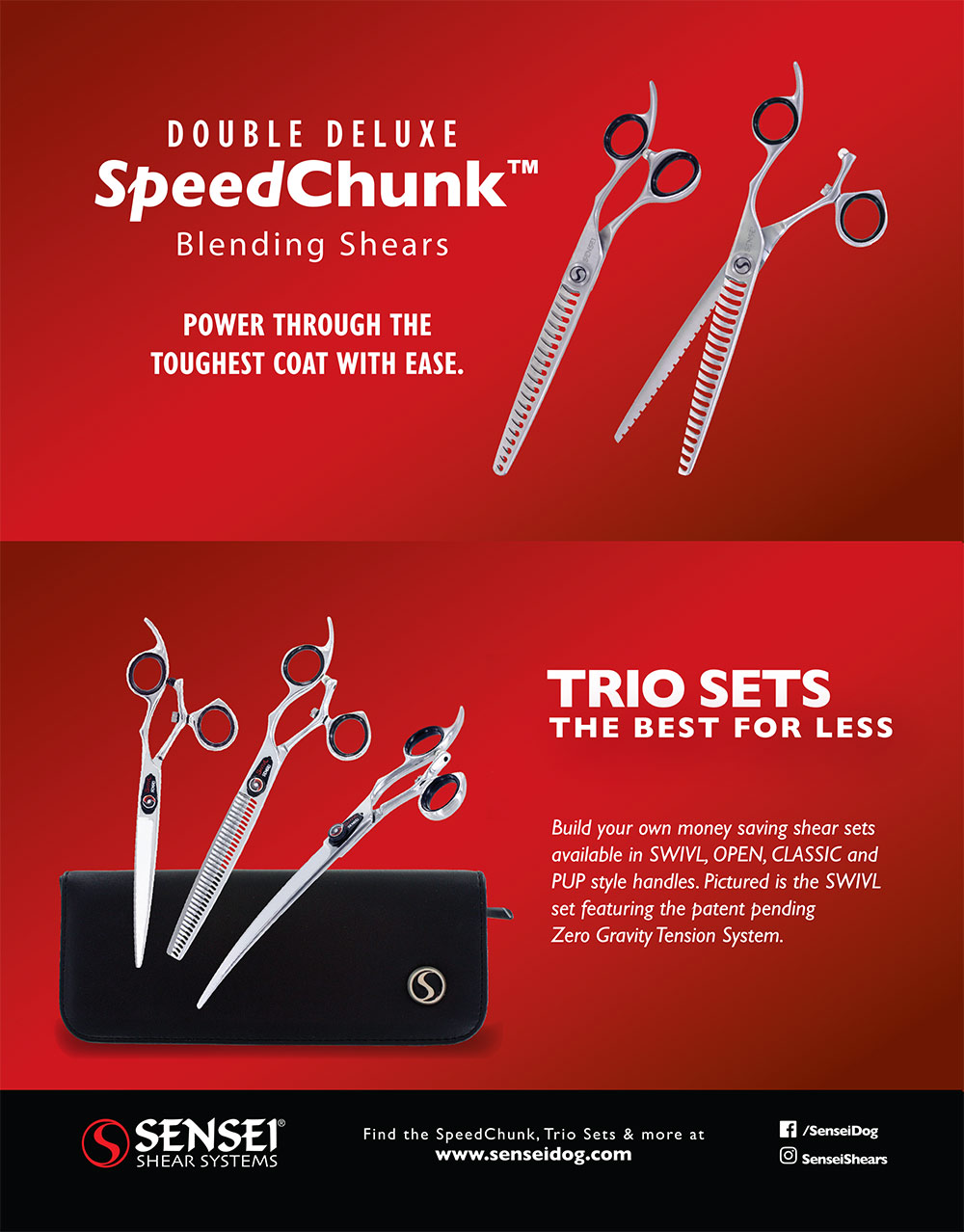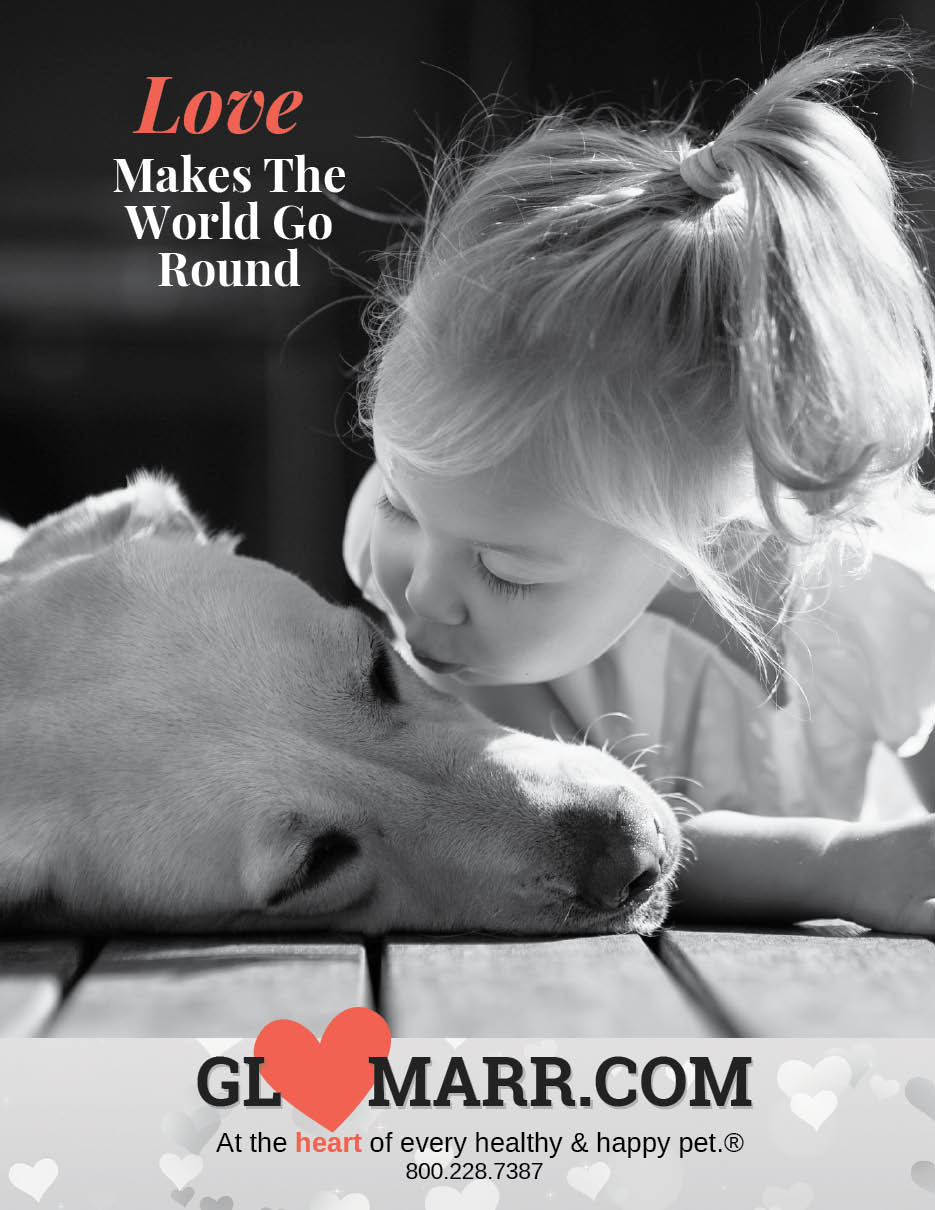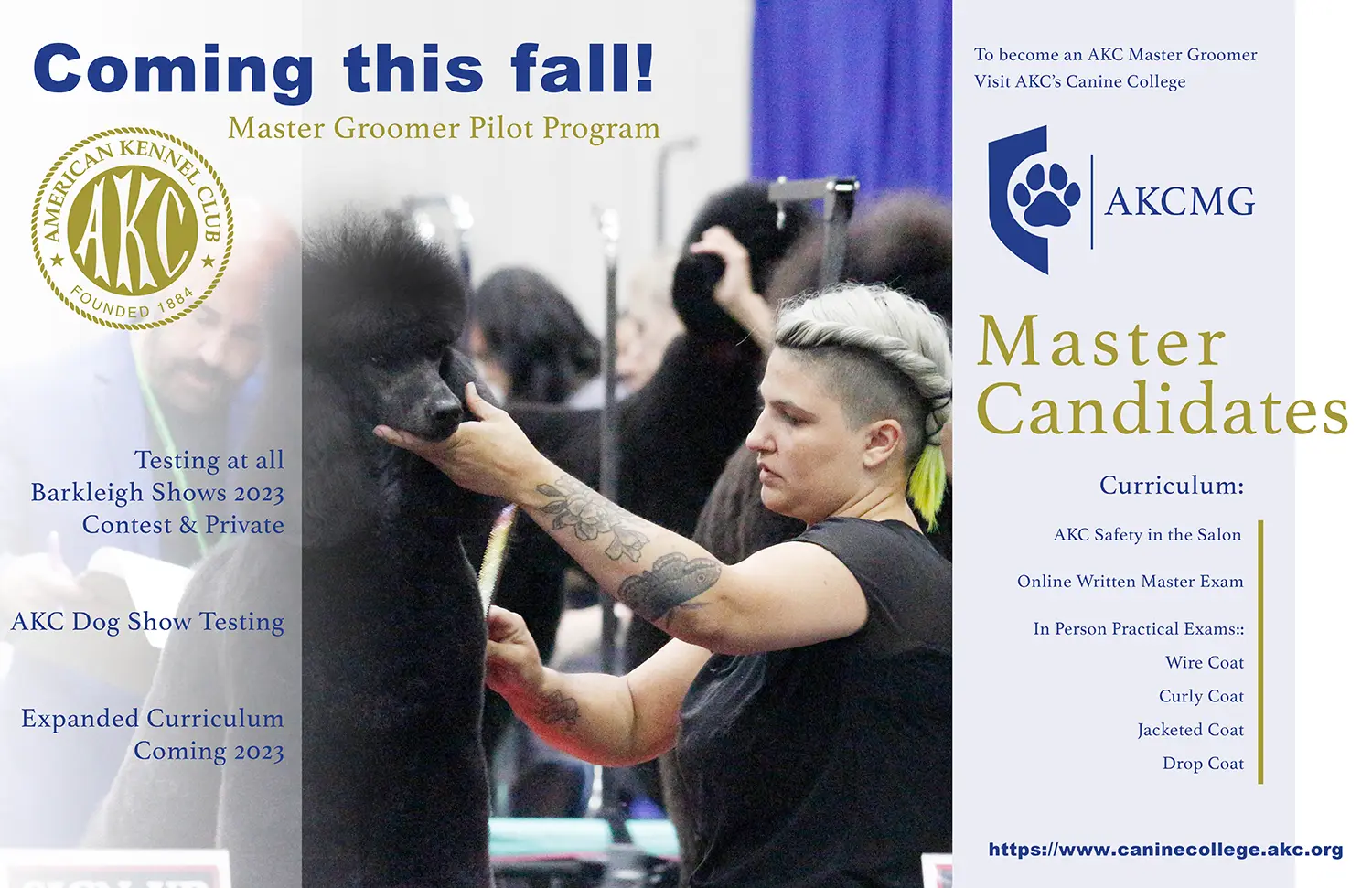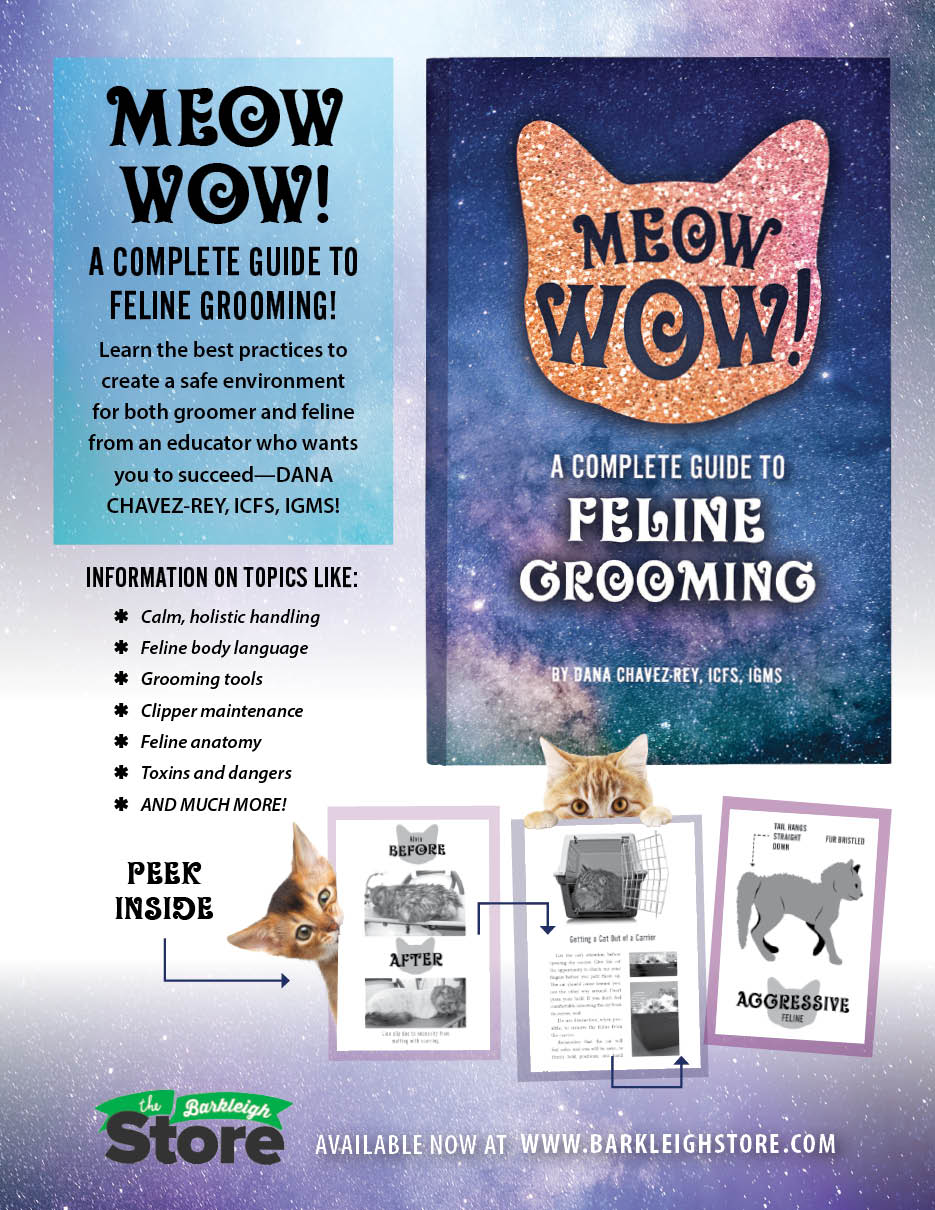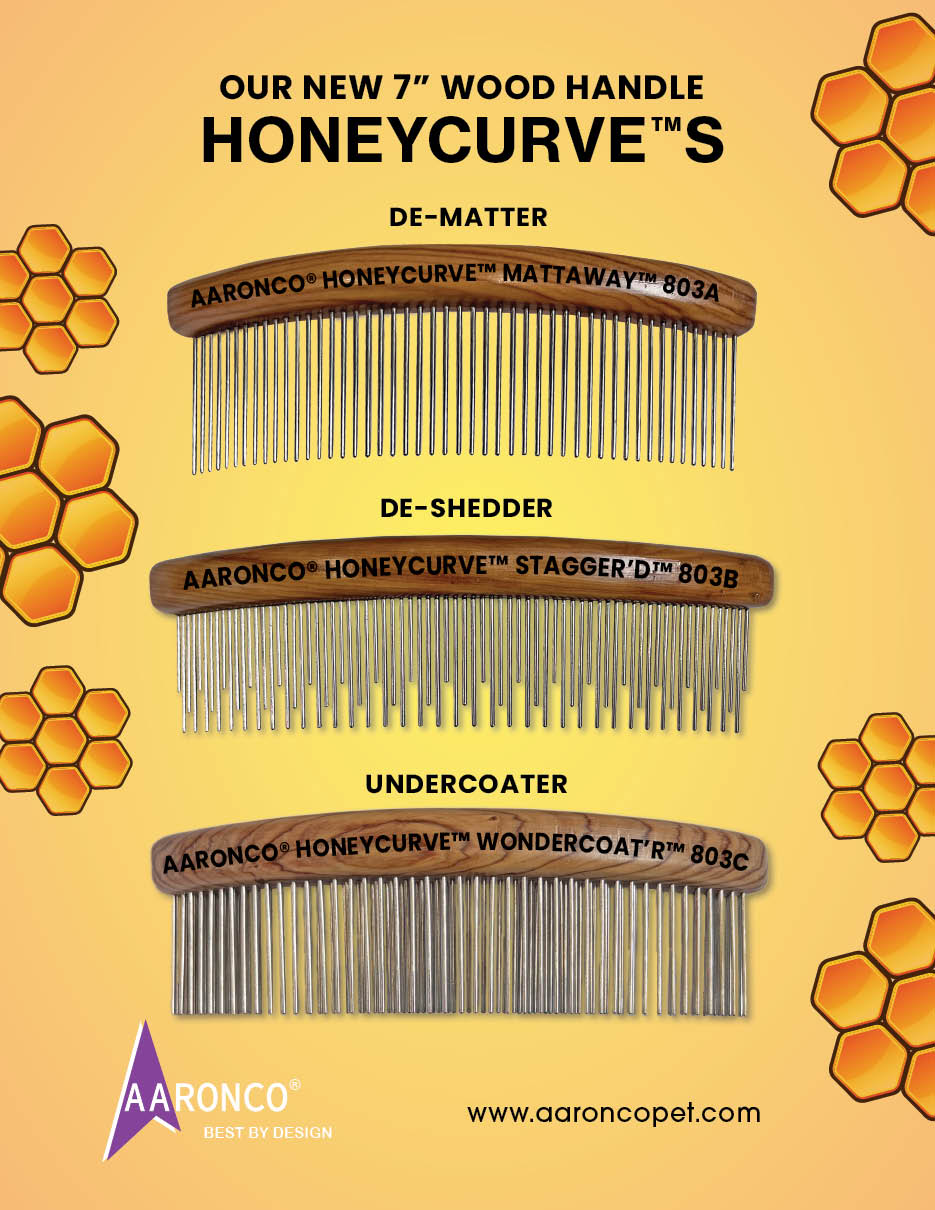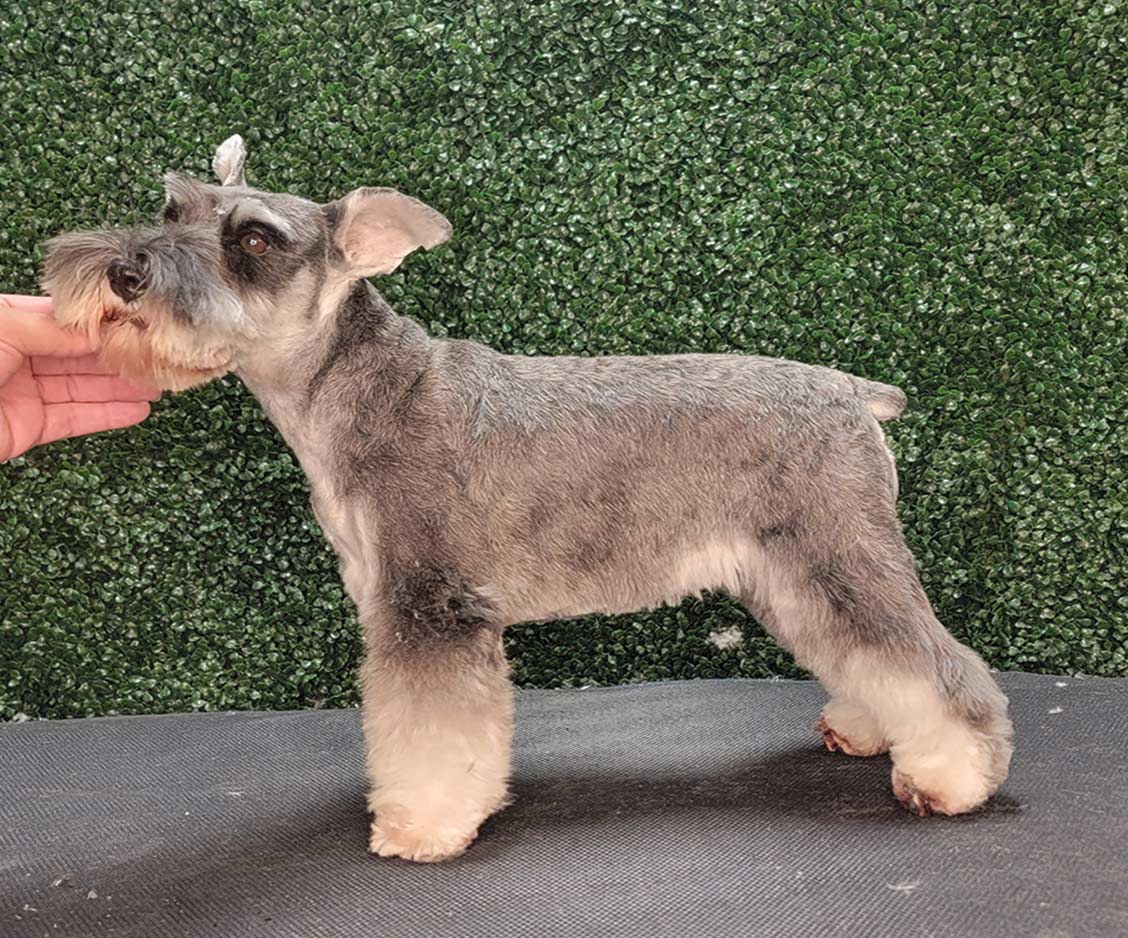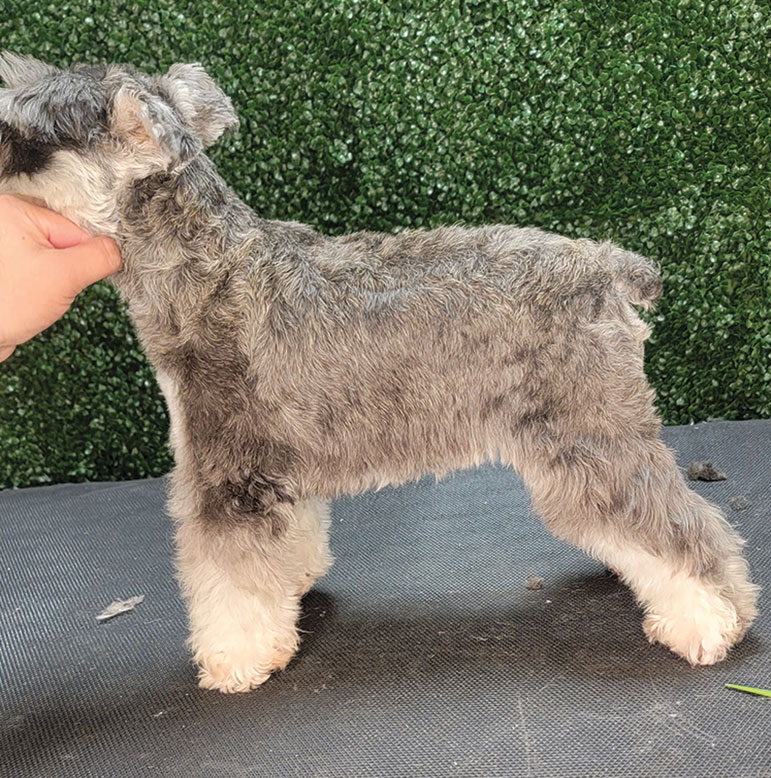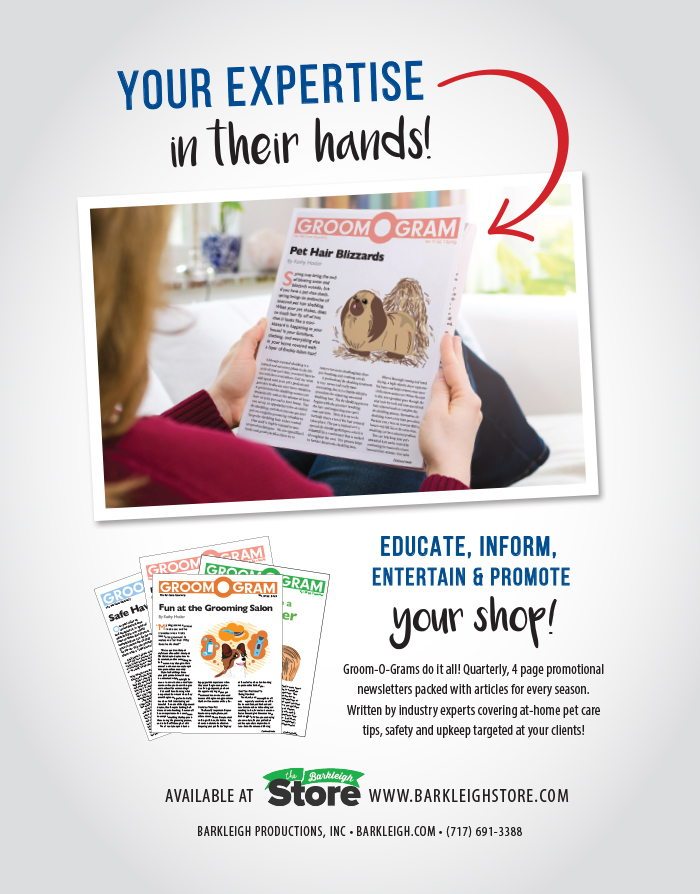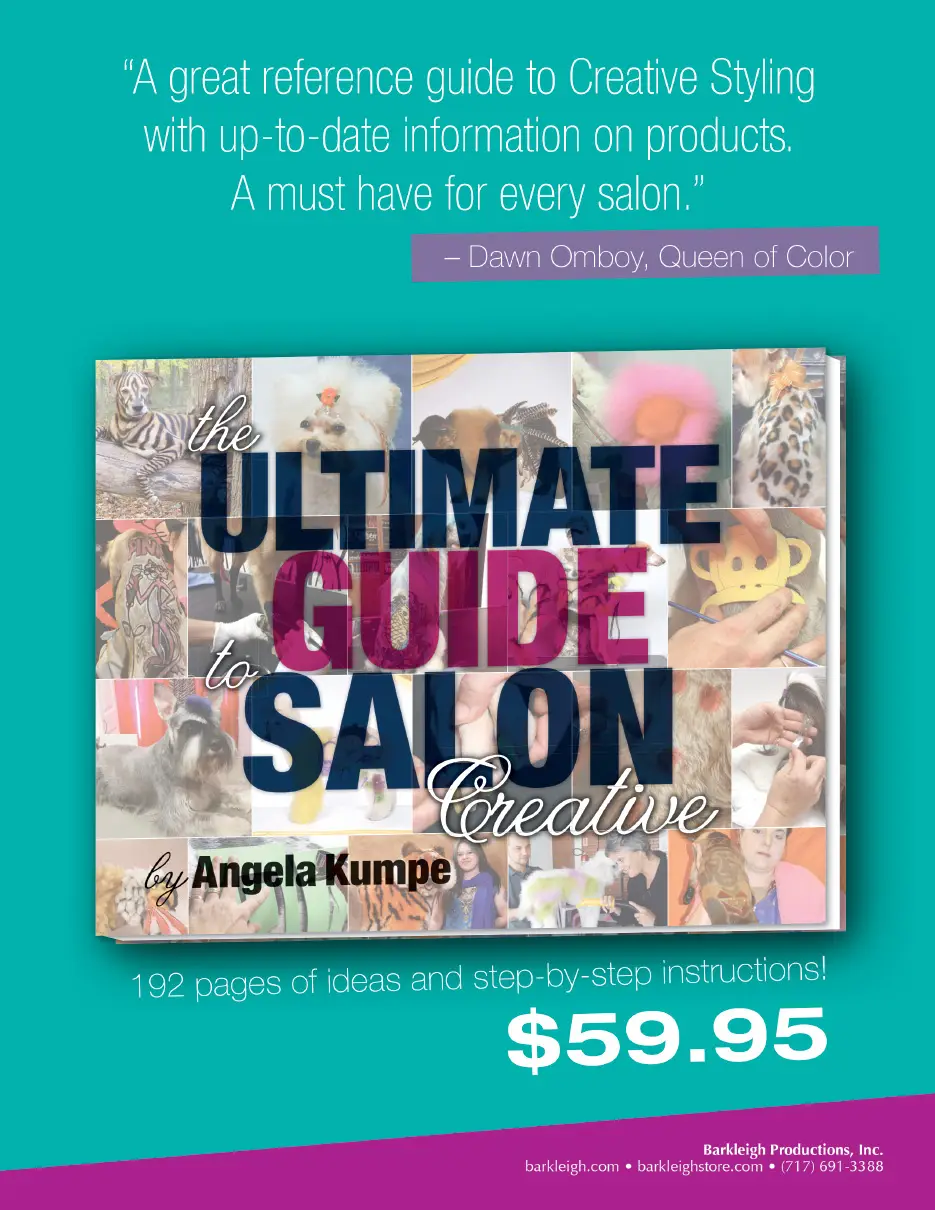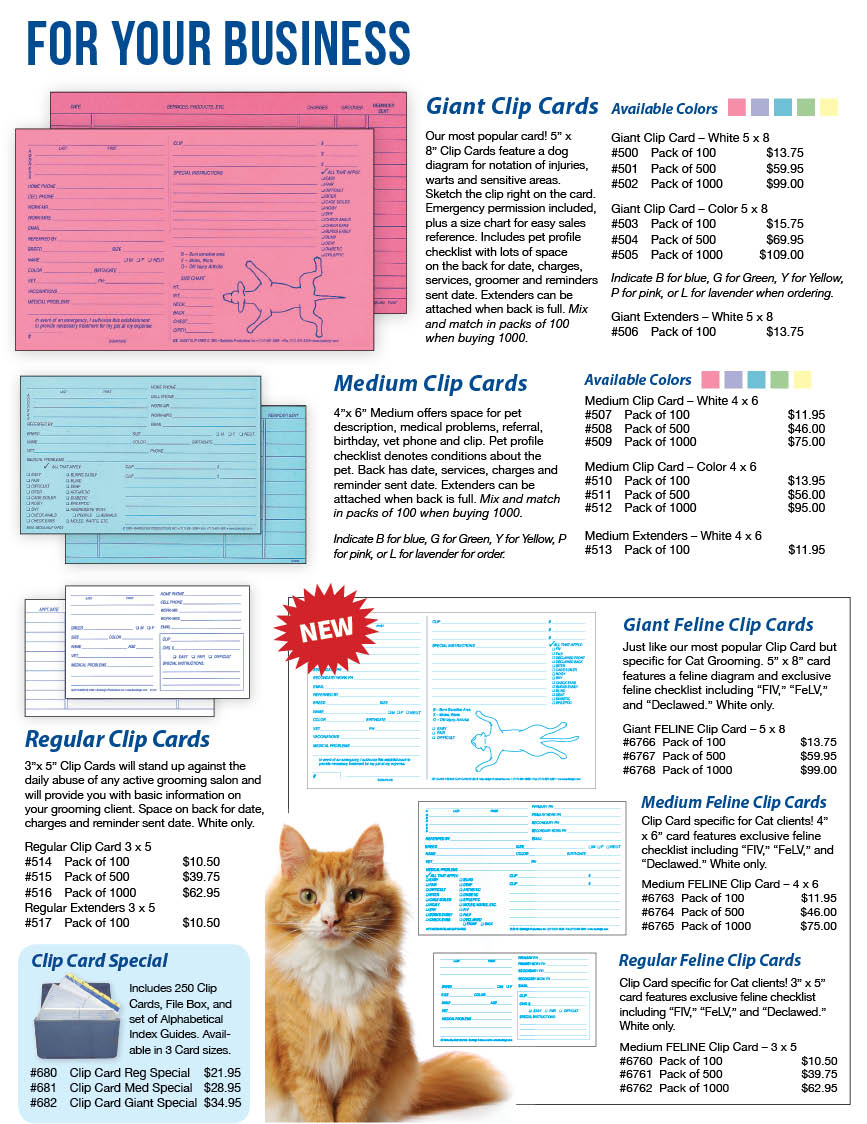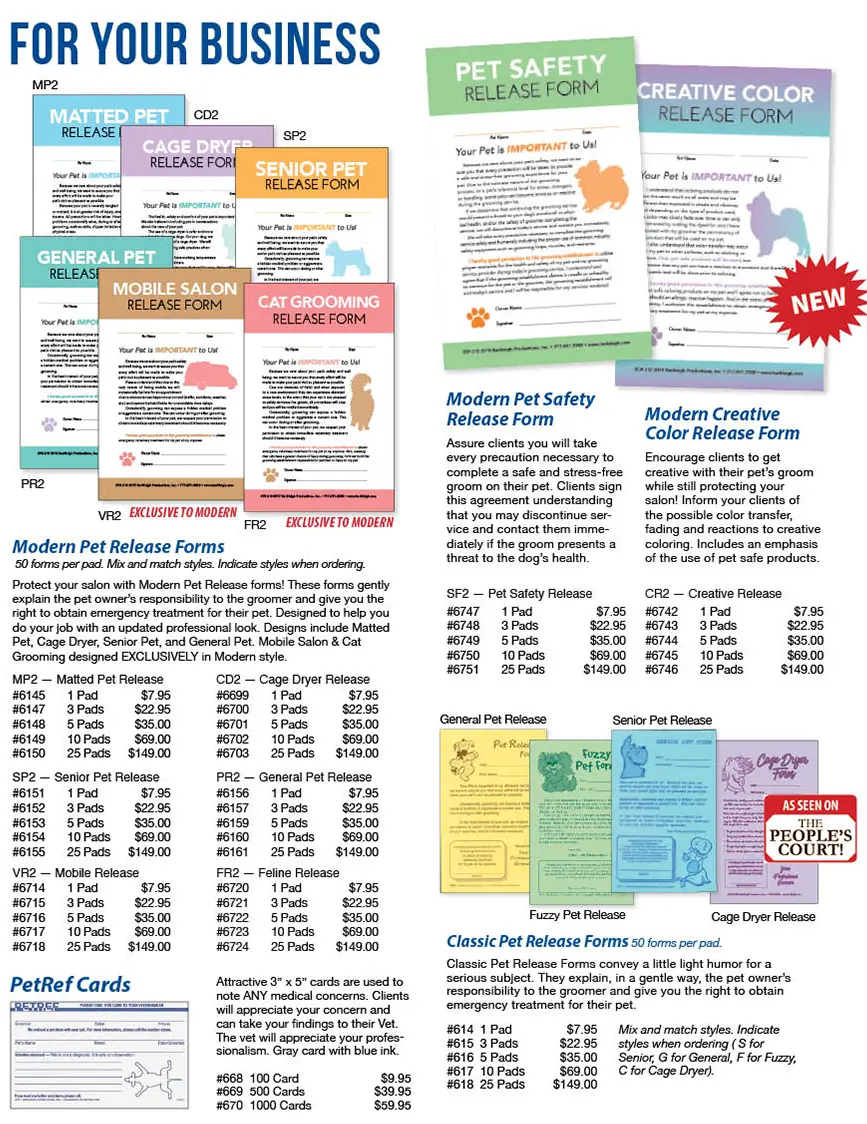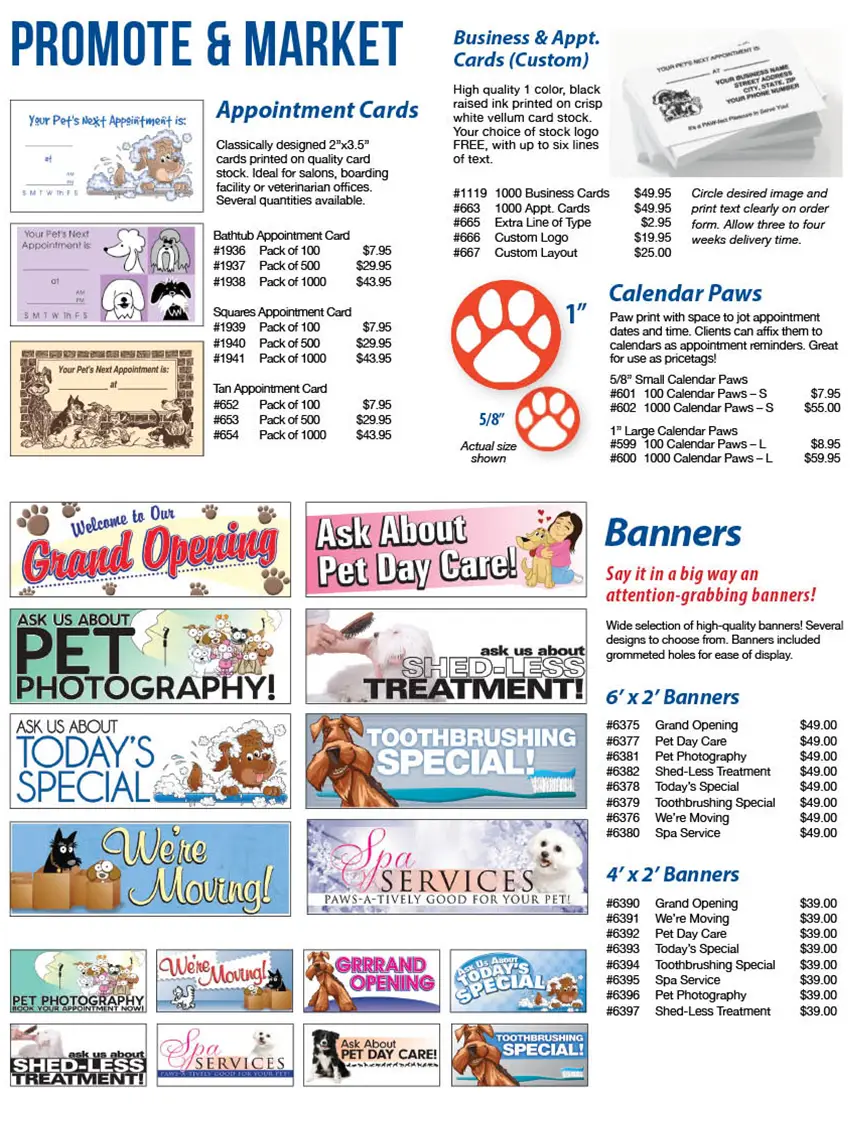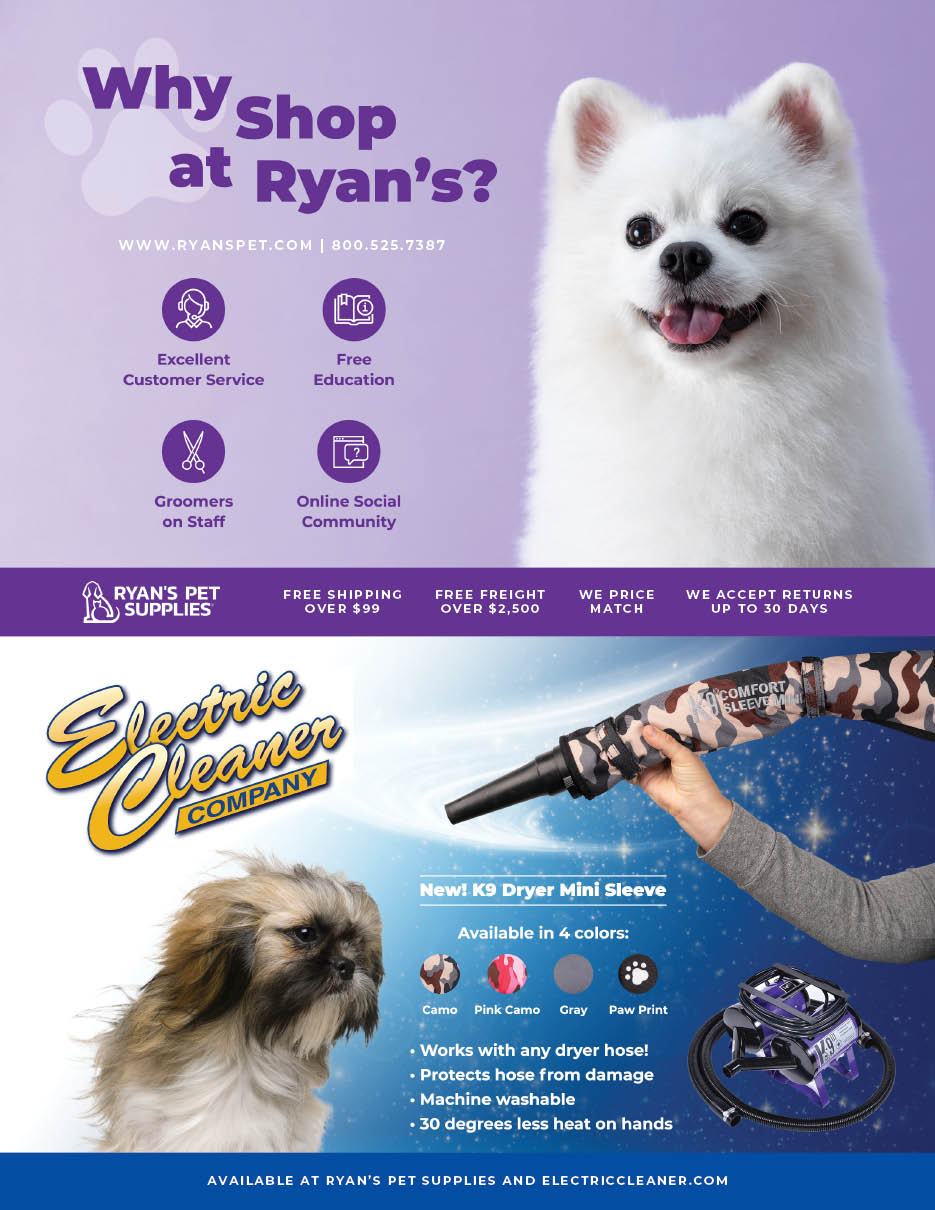




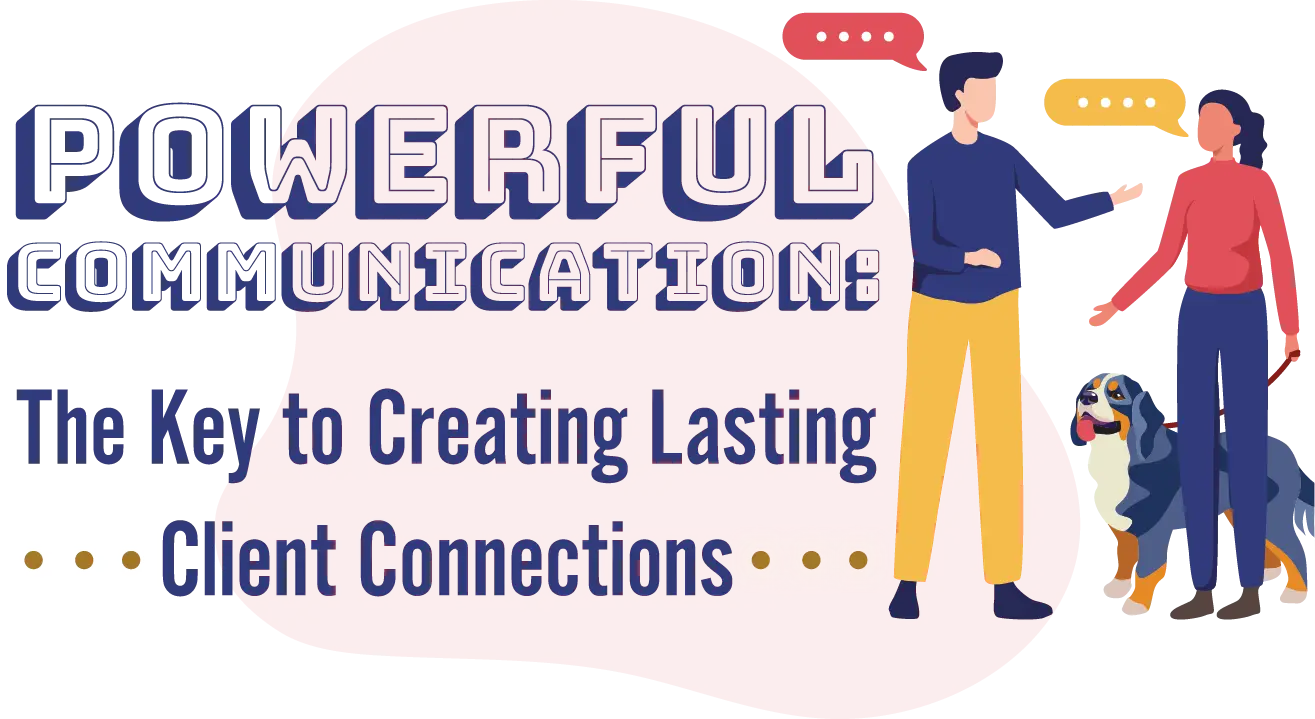
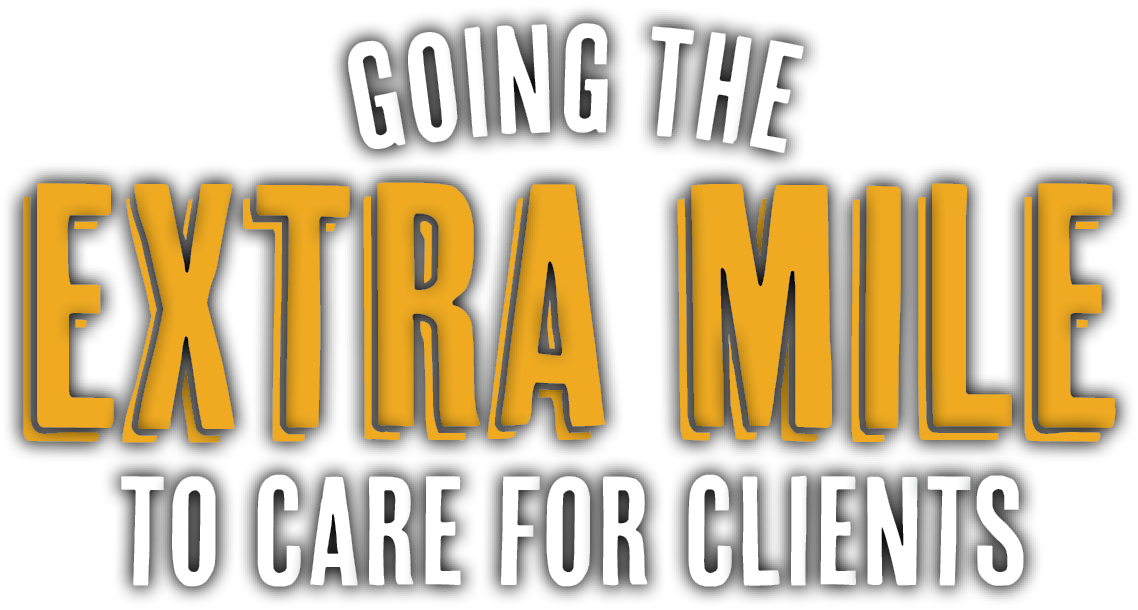
todd@barkleigh.com
adam@barkleigh.com
gwen@barkleigh.com
rebecca@barkleigh.com
luke@barkleigh.com
laura@barkleigh.com
brandi@barkleigh.com
evan@barkleigh.com
cassidy@barkleigh.com
allison@barkleigh.com
james@barkleigh.com
karin@barkleigh.com
britany@barkleigh.com
Daryl Conner
Jonathan David
Dr. Cliff Faver
Blake Hernandez
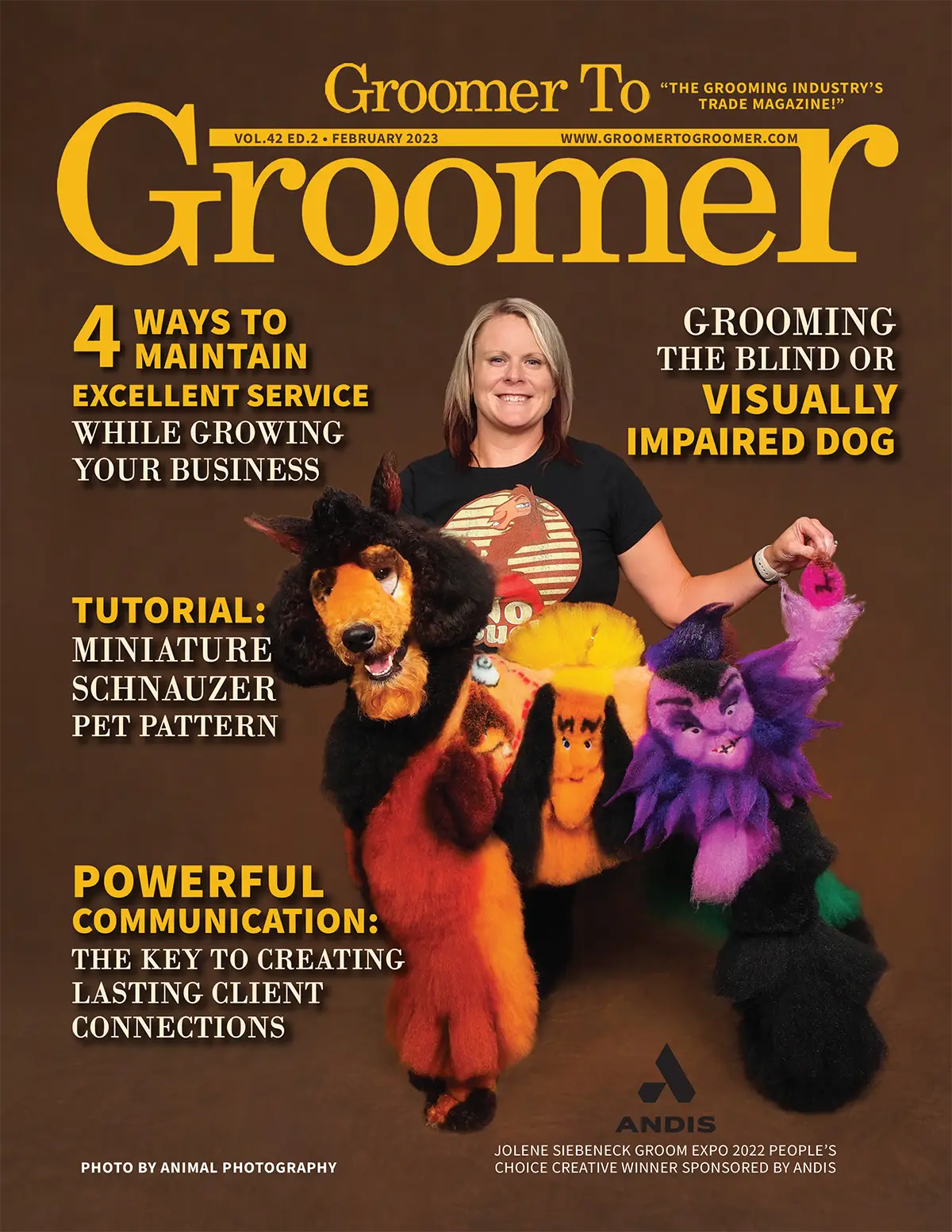
Photo by Animal Photography

 n order for any business to grow and thrive, it must be able to satisfy its customers’ needs. Good customer service is the backbone of every successful business. Every person who patronizes a business wants to feel valued and to be treated well, but that doesn’t always happen.
n order for any business to grow and thrive, it must be able to satisfy its customers’ needs. Good customer service is the backbone of every successful business. Every person who patronizes a business wants to feel valued and to be treated well, but that doesn’t always happen.
Not long ago, some of my friends and I got an up-close-and-personal demonstration of poor customer service…
Every couple of months, a group of groomers from our tri-county area get together at different area restaurants to chat, laugh and enjoy a meal together. The last time we met, we went to a beautiful eatery that opened about a year ago. The restaurant was clean and the food was delicious. It was located pretty centrally, so no one had to drive too far. We had a great time being with each other and catching up, but we will probably not go back to that restaurant because their customer service was very poor.
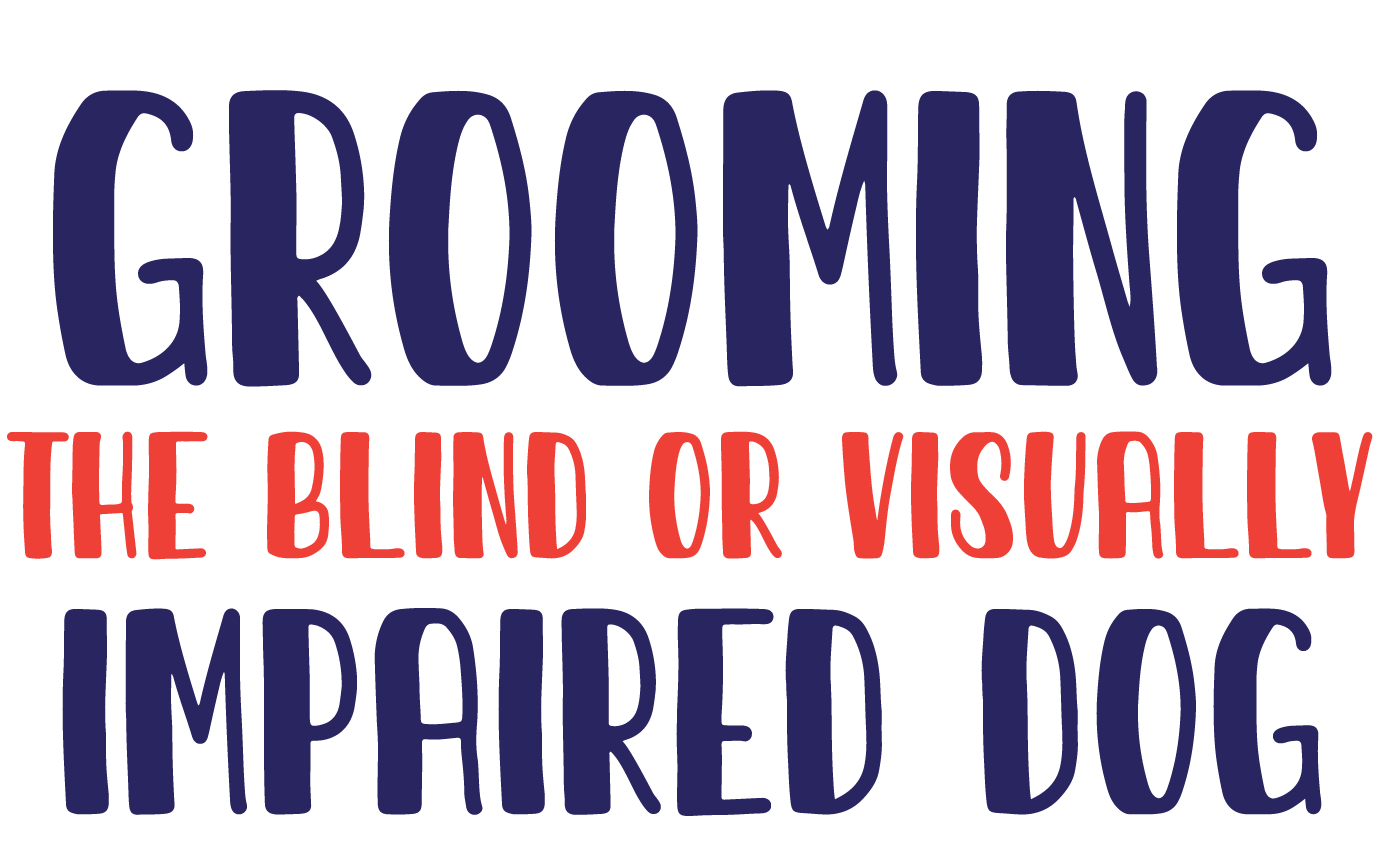
by Hannah Ziegler

 rooming a blind or visually impaired dog is not a frequent occurrence, yet the importance of knowing how to handle a dog with these handicaps can add another specialized skill to your set. It is definitely more difficult and can be intimidating, and there is no shame in turning away a blind or visually impaired dog; however, understanding the reasons behind this handicap and learning tips and tricks will help you be prepared for when that request to groom one comes in.
rooming a blind or visually impaired dog is not a frequent occurrence, yet the importance of knowing how to handle a dog with these handicaps can add another specialized skill to your set. It is definitely more difficult and can be intimidating, and there is no shame in turning away a blind or visually impaired dog; however, understanding the reasons behind this handicap and learning tips and tricks will help you be prepared for when that request to groom one comes in.
A dog can be visually impaired for a variety of reasons. The most common cause is cataracts. Cataracts are when the lens of the pet’s eye becomes cloudy and no longer allows light to pass through. Although treatable, diabetes can increase the chance of cataracts.
Another reason for a dog to become visually impaired or blind is glaucoma. Glaucoma is when fluid is unable to drain, causing escalating pressure in the eye. This can be an excruciating and rapidly forming cause of blindness. A dog’s genetic makeup will determine his likelihood of having glaucoma.

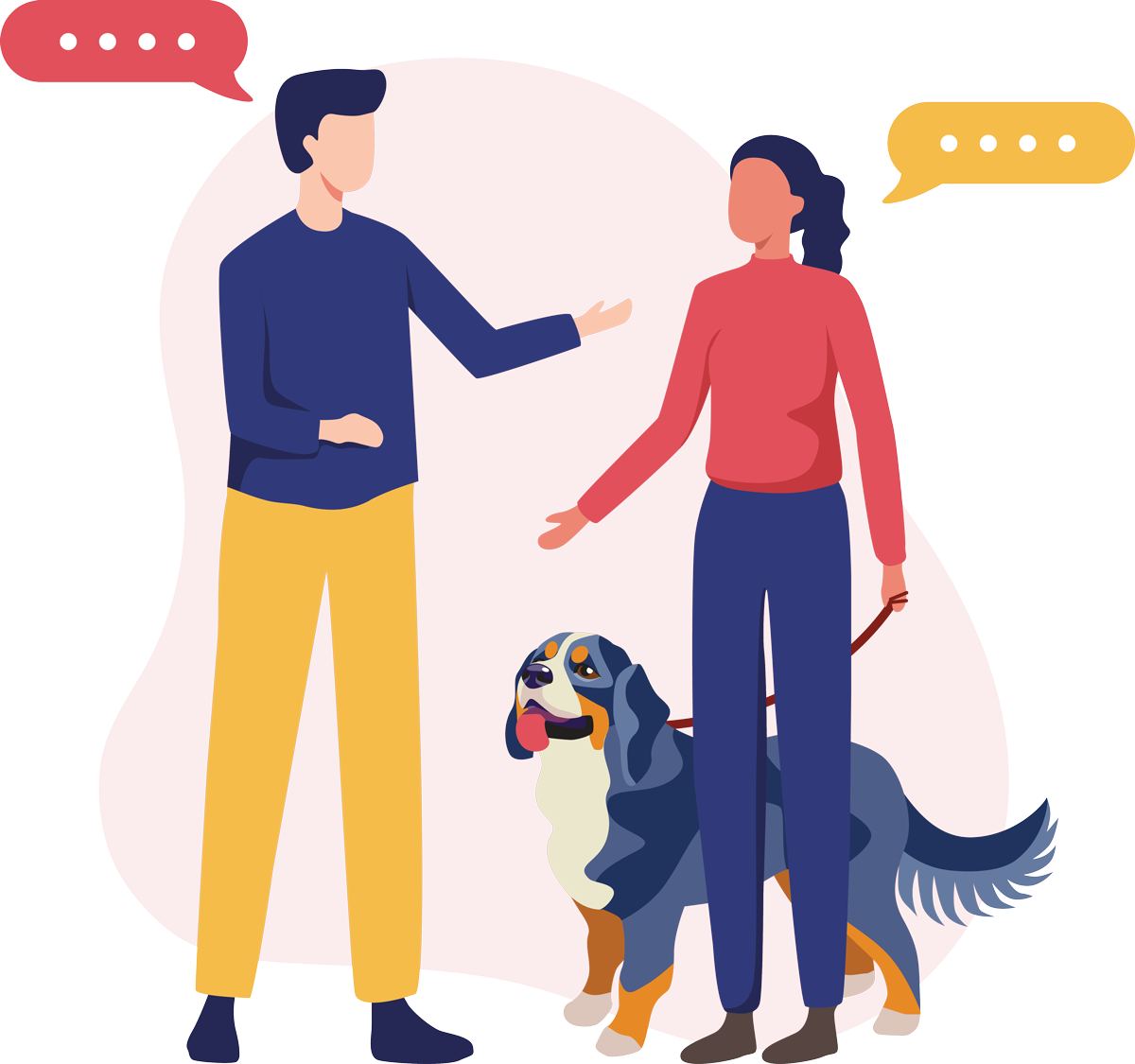

 hen we become a pet’s groomer, we are connected to a special piece of the pet owner’s family. Being close to their pet brings us into a bond with them that can last for years—and even have you sharing major life and death moments with them. In this era of online reviews and instantaneous sharing of retail experiences on social media, good communication with our human clients is critical.
hen we become a pet’s groomer, we are connected to a special piece of the pet owner’s family. Being close to their pet brings us into a bond with them that can last for years—and even have you sharing major life and death moments with them. In this era of online reviews and instantaneous sharing of retail experiences on social media, good communication with our human clients is critical.
New clients on your appointment book should get an extra 10-15 minutes of your scheduled time at their first visit. Greet the owner first with a smile and eye contact, and perhaps a handshake. A goal of your early conversation is for you to learn what the client may want from the groom, their style preferences, etc. But even more importantly, this is your opportunity to demonstrate your expertise about what the needs of this breed’s coat type are.
If this is the first time this client has ever owned a dog or encountered a professional pet groomer, they might not know about the importance of monthly grooming for any dog or cat, so it’s important to explain the necessary routine to keep the skin and coat healthy. Also, you may want to explain the critical importance of frequent nail trims and its relationship in dogs to long-term arthritis and orthopedic issues if neglected. And depending on the dog’s coat type, explain any home grooming they should be doing in between visits. If you can sell retail items, be prepared to offer some of those home grooming items that you recommend.

Photo by Cate Garcia
 n the grooming industry, we are often presented with pets that have questionable skin issues and, unfortunately, we are not always aware of the source or how to approach the problem. Ichthyosis, or “fish scale disease,” is one of these oddities that you may be faced with.
n the grooming industry, we are often presented with pets that have questionable skin issues and, unfortunately, we are not always aware of the source or how to approach the problem. Ichthyosis, or “fish scale disease,” is one of these oddities that you may be faced with.Ichthyosis is considered a congenital disease where the skin cycle, which is normally around 21 days, may be as short as every three to four days. This leads to excessive shedding of the skin cells and sebum. Ichthyosis is most often found in Golden Retrievers, Jack Russel Terriers, Westies, Dobermans, Norfolk Terriers, Cavaliers, Yorkshire Terriers, Soft-Coated Wheatons and American Bulldogs. A majority of those affected will show signs shortly after birth; however, in some cases, it is not obvious until three to four years of age.


 he industry has changed drastically for consumers in the 25 years since I first entered it. Now they have more options of places to spend their money and more access than ever. Small businesses are starting to get out of the cookie-cutter mentality and take on personalities of their own in order to stand out and find the customers that fit their business’s best. These personalities will be what clients are drawn to and help you retain their loyalty and gain their trust.
he industry has changed drastically for consumers in the 25 years since I first entered it. Now they have more options of places to spend their money and more access than ever. Small businesses are starting to get out of the cookie-cutter mentality and take on personalities of their own in order to stand out and find the customers that fit their business’s best. These personalities will be what clients are drawn to and help you retain their loyalty and gain their trust.
Communities love to support small businesses, and the number one reason for that is strong customer rapport and business-to-customer relationships. They do not feel like just a number walking in when they enter a small business like they do when entering corporate stores. Over time, the big thing entrepreneurs have to keep in mind is how to maintain our small-business feel while moving towards a bigger business.
My business started out like most do. I was in a toxic environment that I could not change. The logical next step was to open a business of my own. And since I had always wanted to be a business owner and entrepreneur, it was the right fit for me. But this is definitely not the case for everyone.

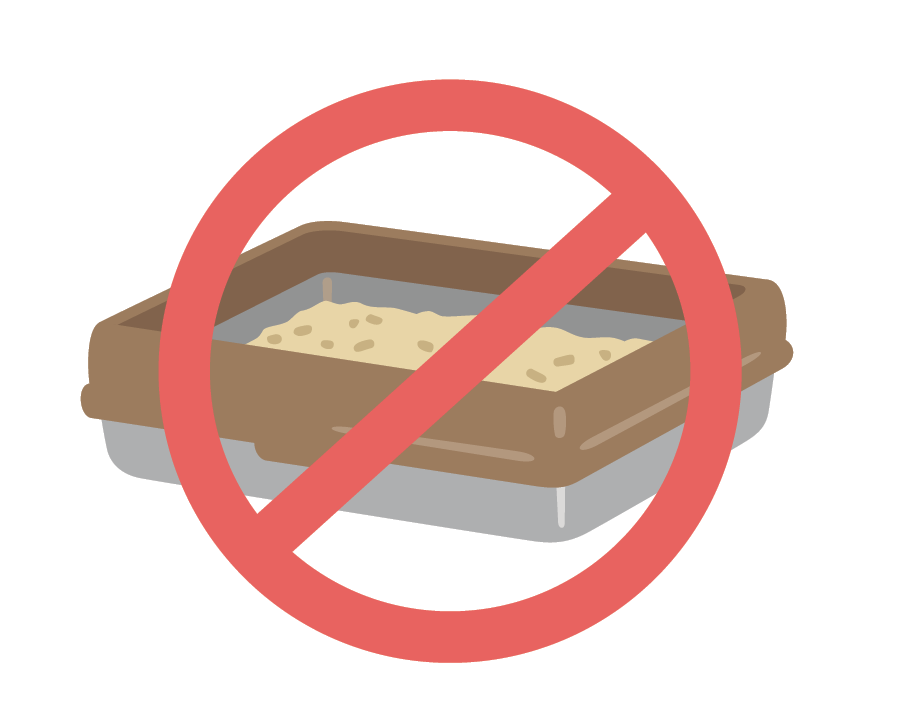
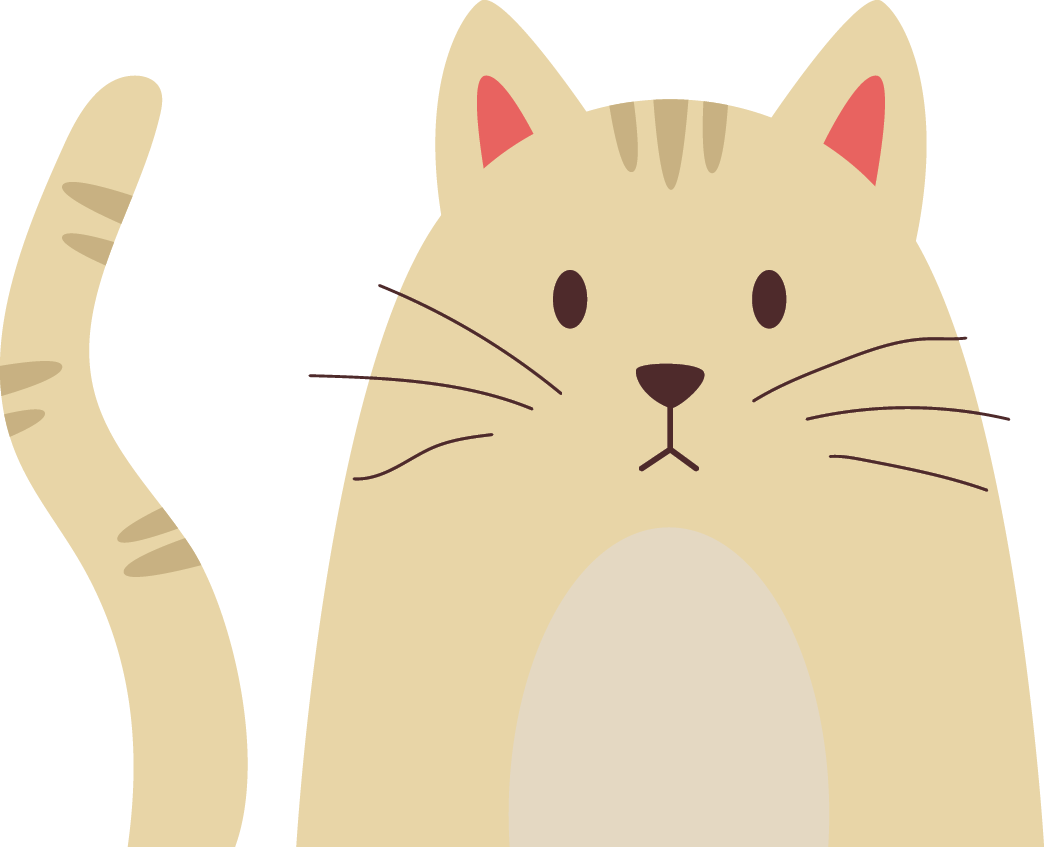



 lients become very frustrated when their cats straight out refuse to use the litter box. Families are often at a loss on how to modify the undesirable behavior of litter box avoidance. This is especially true when there have been no changes in the household that would put additional stress on the cat. Many owners become so frustrated with this behavioral issue that they are ready to get rid of their cat if they cannot figure out how to get the cat to use the litter box again.
lients become very frustrated when their cats straight out refuse to use the litter box. Families are often at a loss on how to modify the undesirable behavior of litter box avoidance. This is especially true when there have been no changes in the household that would put additional stress on the cat. Many owners become so frustrated with this behavioral issue that they are ready to get rid of their cat if they cannot figure out how to get the cat to use the litter box again.
With any feline problem behavior, the first step should always be a visit to the veterinarian to rule out a medical condition. Many times the undesirable behavior of litter box refusal is based on an infection, blockage or other medical condition, which all will need to be treated.
If the veterinarian rules out any medical reasons for not using the litter box, a behaviorist should then be consulted. Unfortunately, feline behaviorists are difficult to find. Since there are so few feline behaviorists, many times owners will go to their groomer for help with troubleshooting how to solve behavioral issues regarding the litter box.
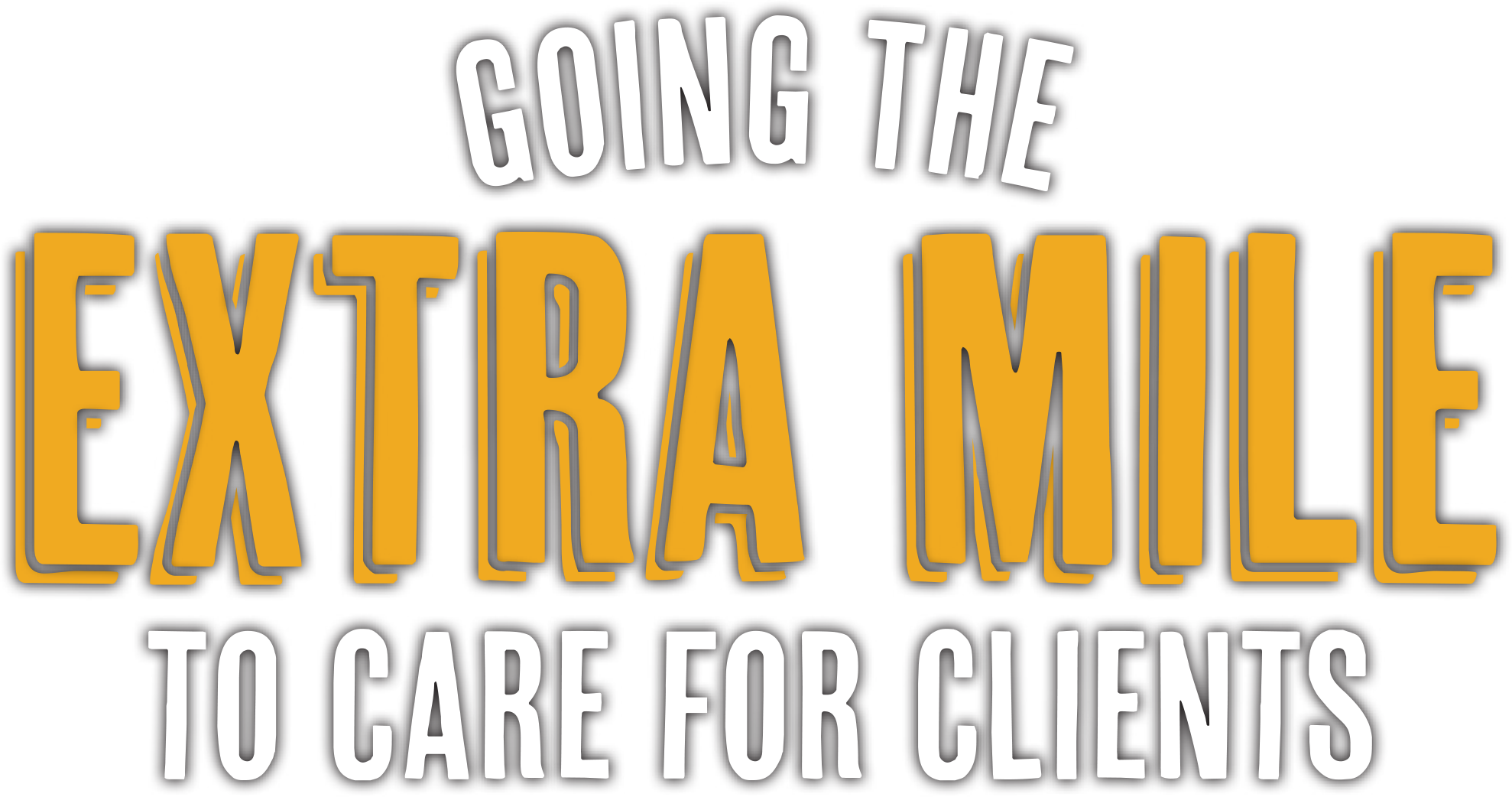
 ecently I received a phone call from a former client. When I say “former,” I don’t mean that she stopped using my services and went to someone else, she was actually a long-time client for whom I had groomed her little Bichon mix for the entirety of his life. This is one of the difficult parts of being a pet groomer. When we have long-term clients for whom we groom their beloved pets until their unfortunate, inevitable passing, sometimes we get attached to them as if they were our own.
ecently I received a phone call from a former client. When I say “former,” I don’t mean that she stopped using my services and went to someone else, she was actually a long-time client for whom I had groomed her little Bichon mix for the entirety of his life. This is one of the difficult parts of being a pet groomer. When we have long-term clients for whom we groom their beloved pets until their unfortunate, inevitable passing, sometimes we get attached to them as if they were our own.
This particular client was calling to ask me for assistance in finding a new furry family member. She was done grieving and was ready to share her home with a new puppy, but she said she wouldn’t trust anybody but me to help her. This conversation got me thinking about the bonds that we form with our clients. But I’m not talking about the actual pets—I’m referring to the pet owners themselves. And sometimes we even like the human client more than their dog…
But why would you want to be that close with a client?

 ables tell a story and teach us a lesson at the same time. They’ve been a method of teaching morals and good behavior for over two thousand years. And, we can even use them to help our clients understand what is expected of them in preparing their pets for professional grooming.
ables tell a story and teach us a lesson at the same time. They’ve been a method of teaching morals and good behavior for over two thousand years. And, we can even use them to help our clients understand what is expected of them in preparing their pets for professional grooming.
When a conversation begins between a groomer and a pet owner regarding what is necessary to restore or maintain the condition of the pet’s coat vs what the owner wants done, it feels like there are two totally different conversations happening at the same time.
In all fairness to both parties, I know my eyes pretty much glaze over if my car mechanic tries to explain what the problem is with my vehicle and what he needs to do to fix it. I’m going to end the conversation with, “Dude, whatever, just fix it.”
The problem lies in expectations vs reality. I’m expecting my car to be returned to me in a set amount of time, looking the way I think it should look (or, working in the manner that it should work) and costing me the lowest price point posted on the wall. But, when that doesn’t happen, is it because I wasn’t paying attention or because it wasn’t explained to me in a manner that I understand, or a combination of both?

 he Miniature Schnauzer haircut is an impactful one. It is the type of trim that can satiate a groomer’s desire for an instantly gratifying makeover. The trim is a beautiful blend of long-legged Terrier attributes combined with the fluffier and fancier outline we see in curly-coated breeds. Once you have a Miniature Schnauzer pattern down, you are just a hop, skip and a jump away from mastering all your long-legged Terrier trims, and even on your way to Fusion pattern perfection.
he Miniature Schnauzer haircut is an impactful one. It is the type of trim that can satiate a groomer’s desire for an instantly gratifying makeover. The trim is a beautiful blend of long-legged Terrier attributes combined with the fluffier and fancier outline we see in curly-coated breeds. Once you have a Miniature Schnauzer pattern down, you are just a hop, skip and a jump away from mastering all your long-legged Terrier trims, and even on your way to Fusion pattern perfection.
Photo by Anjie Coates
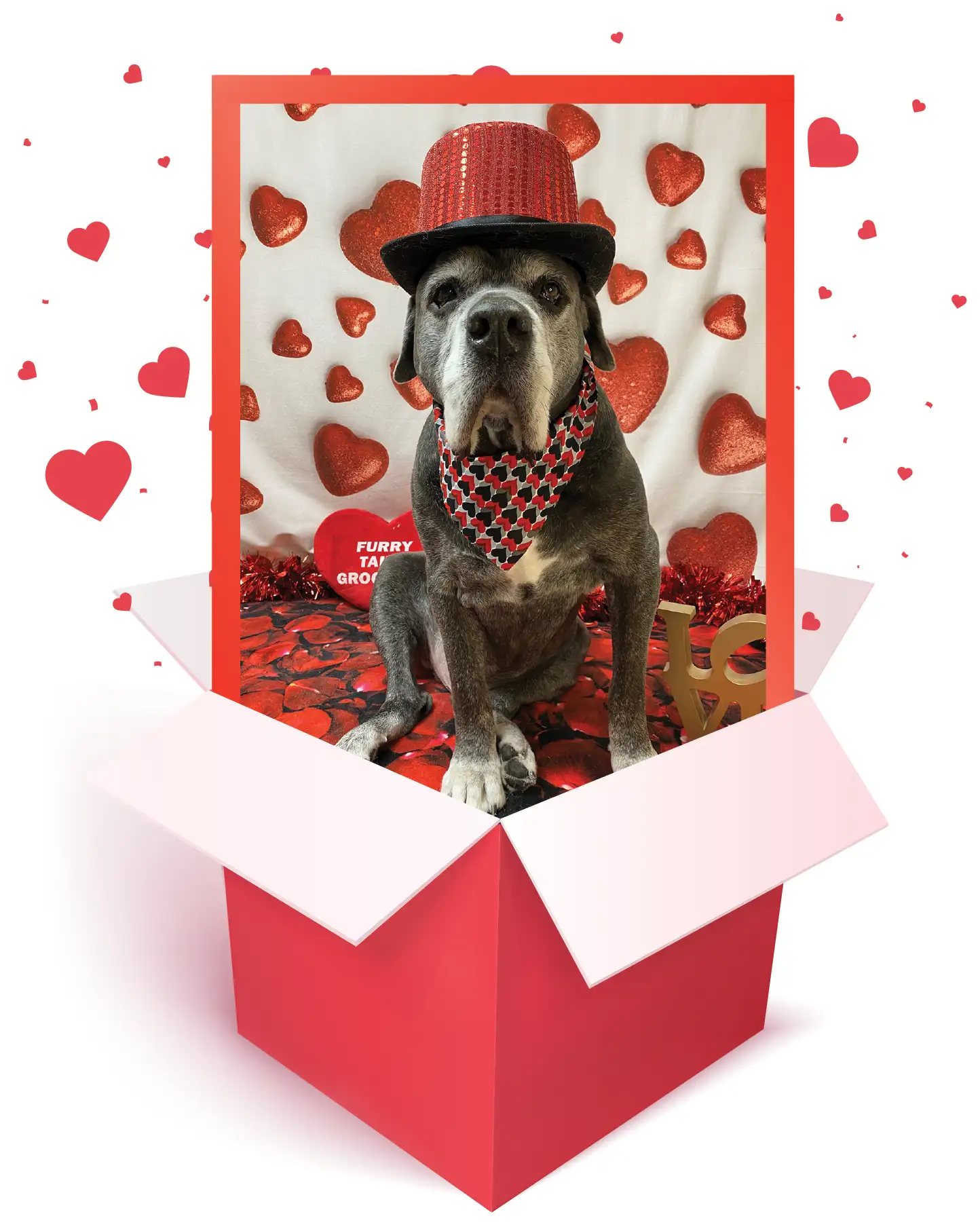
 groom a stunning elder Cane Corso named Hooch. He’s a lovely boy, who delights in his spa days.
groom a stunning elder Cane Corso named Hooch. He’s a lovely boy, who delights in his spa days.-
“OK, buddy, we have to get you on the table,” I say as I lead him over to the table where he hops up a whole seven inches to put his front feet on the table.
-
Hooch wags his tail and smiles, “I’m a good boy.”
-
“You are a very good boy—and big, and heavy—but good,” I tell him.
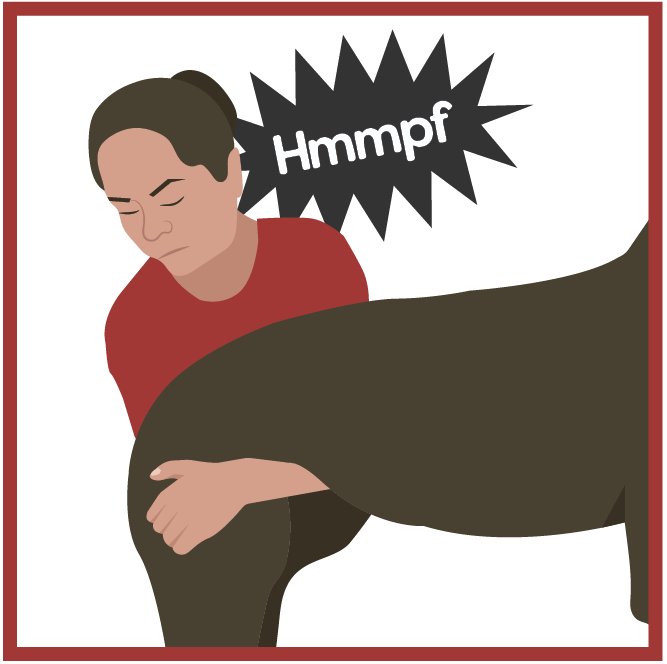
-
I lift his back end onto the table and remind myself that this used to be so easy 30 years ago.
-
Hooch tilts his head at me quizzically, “Why you make grunty noises?”
